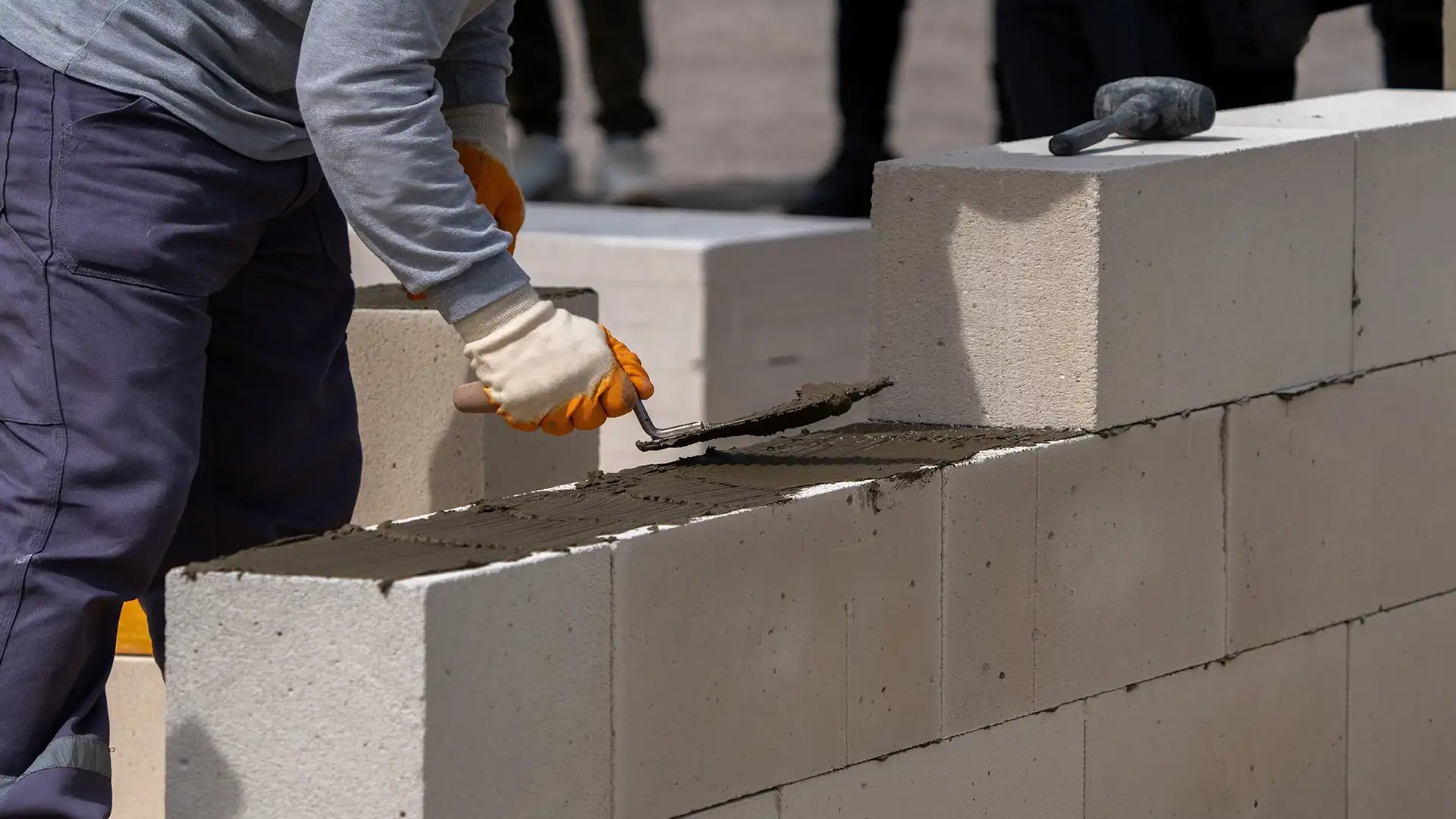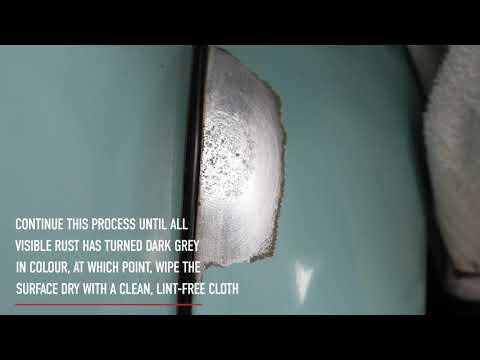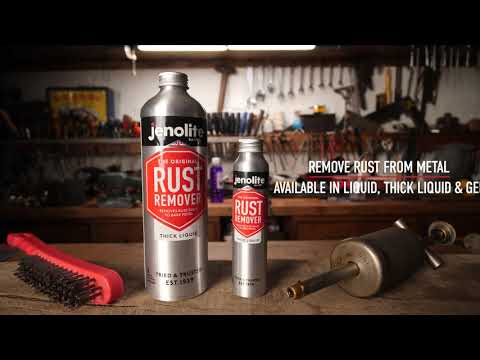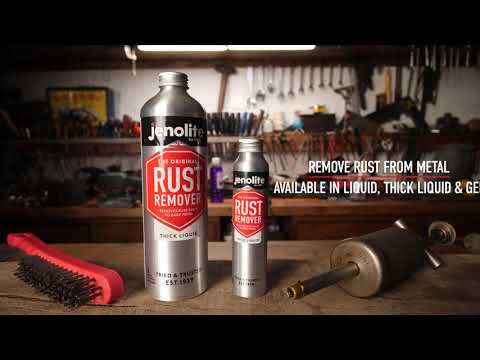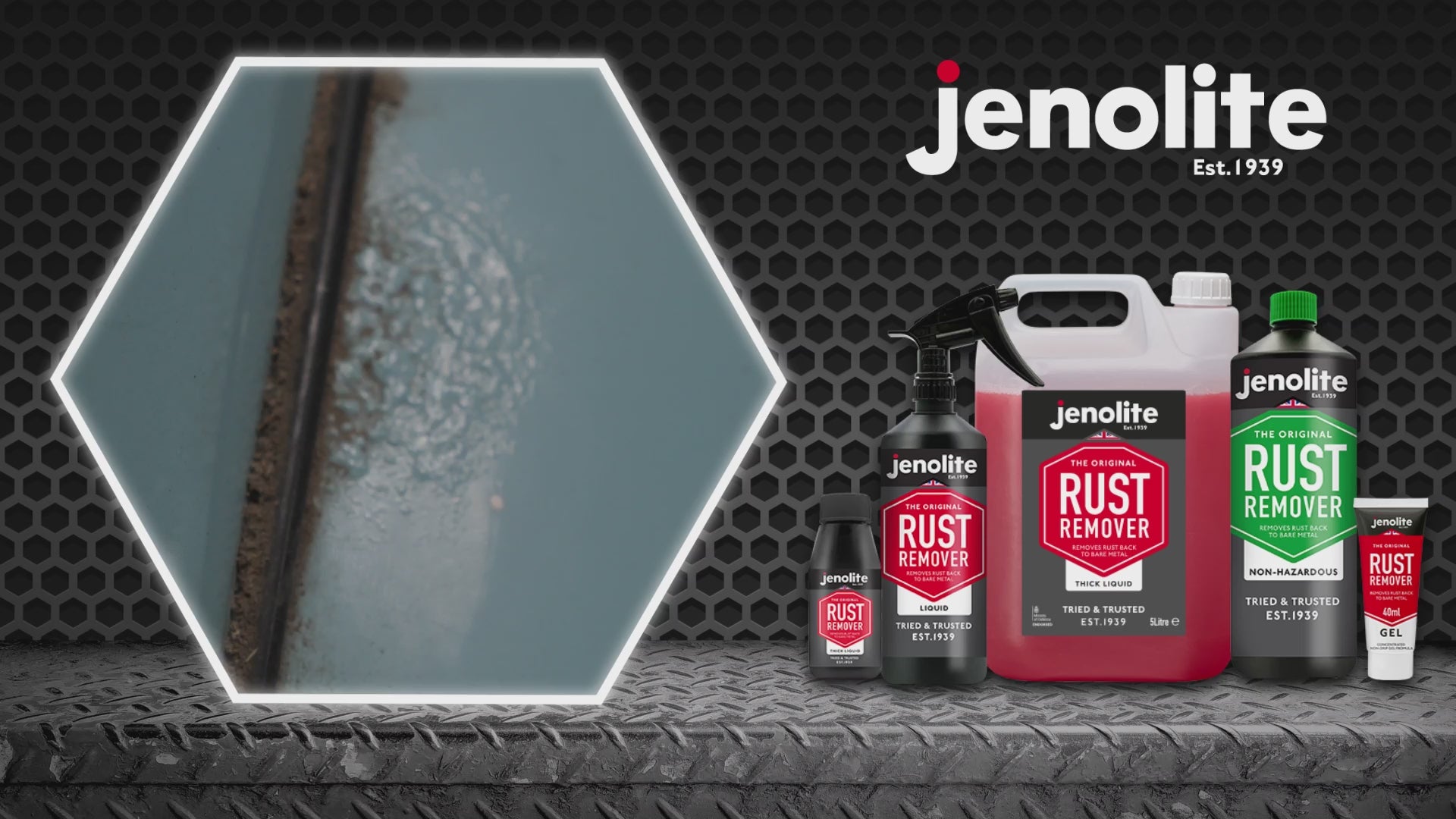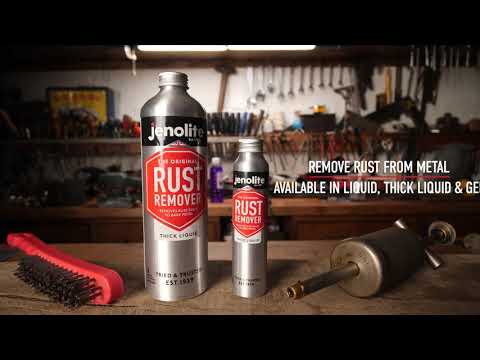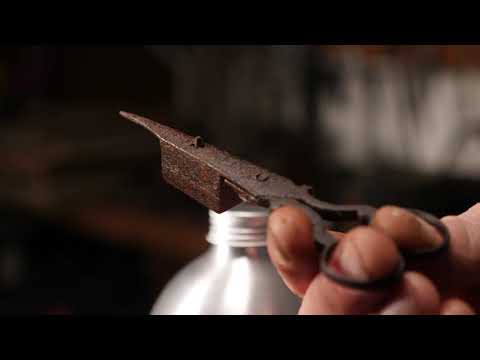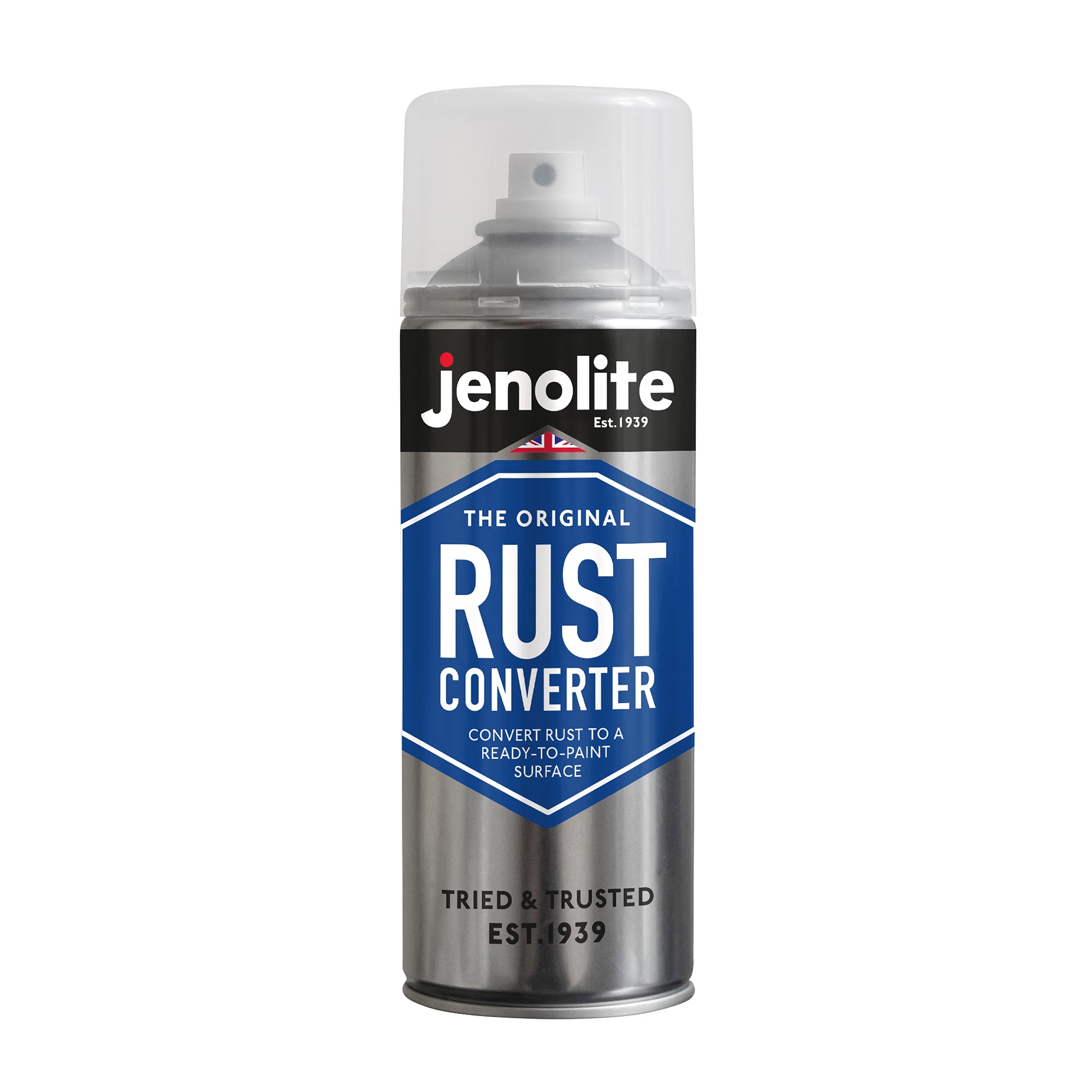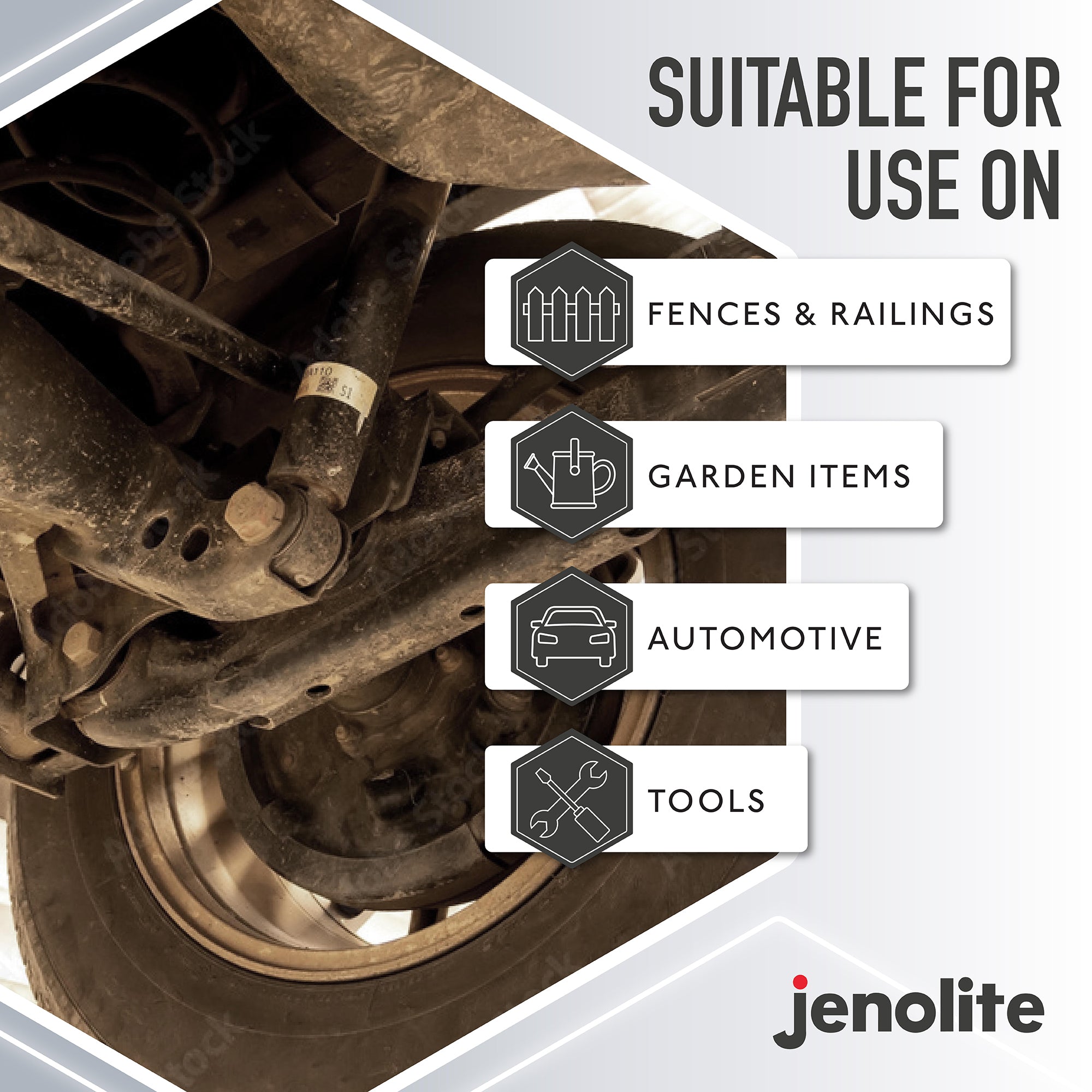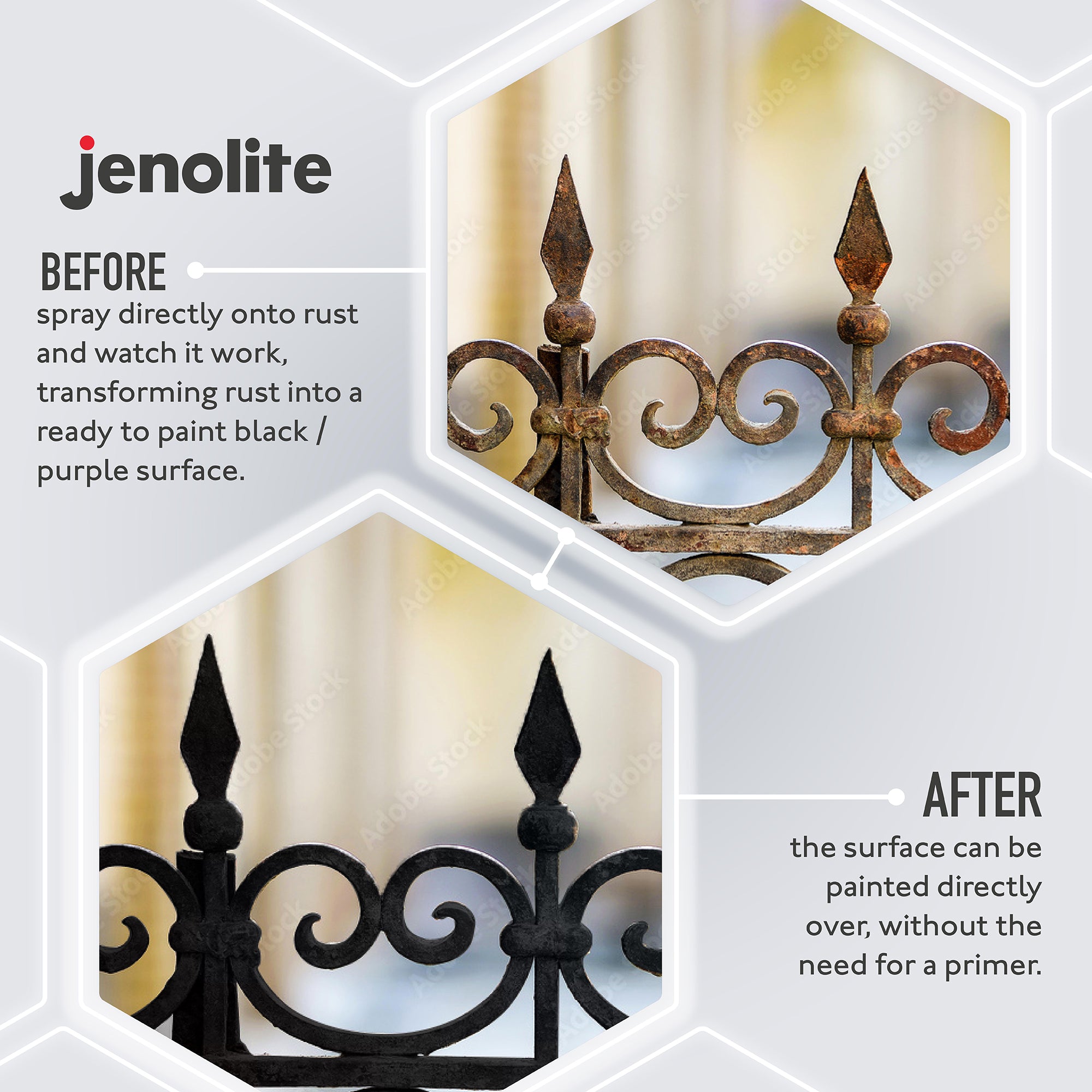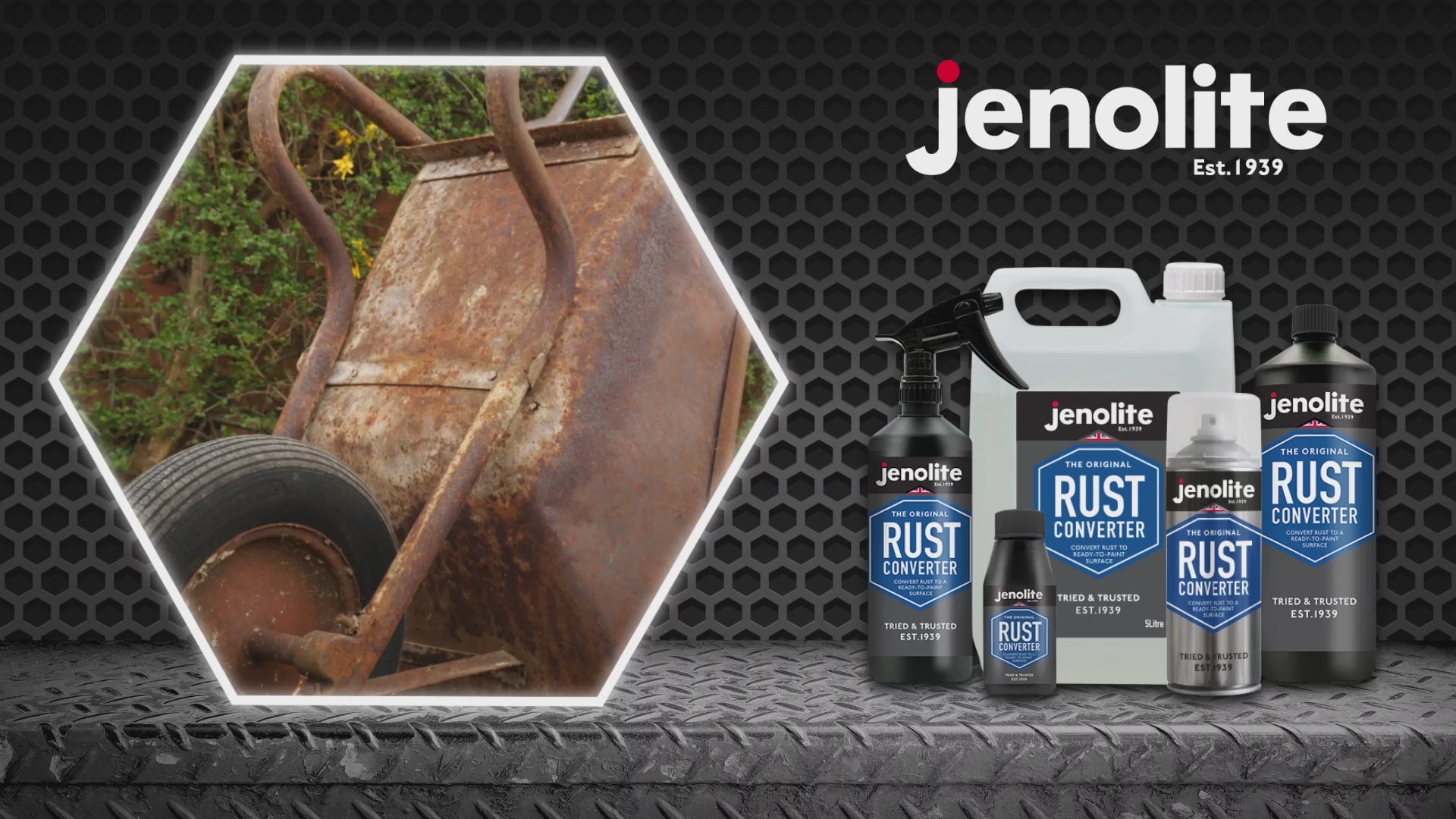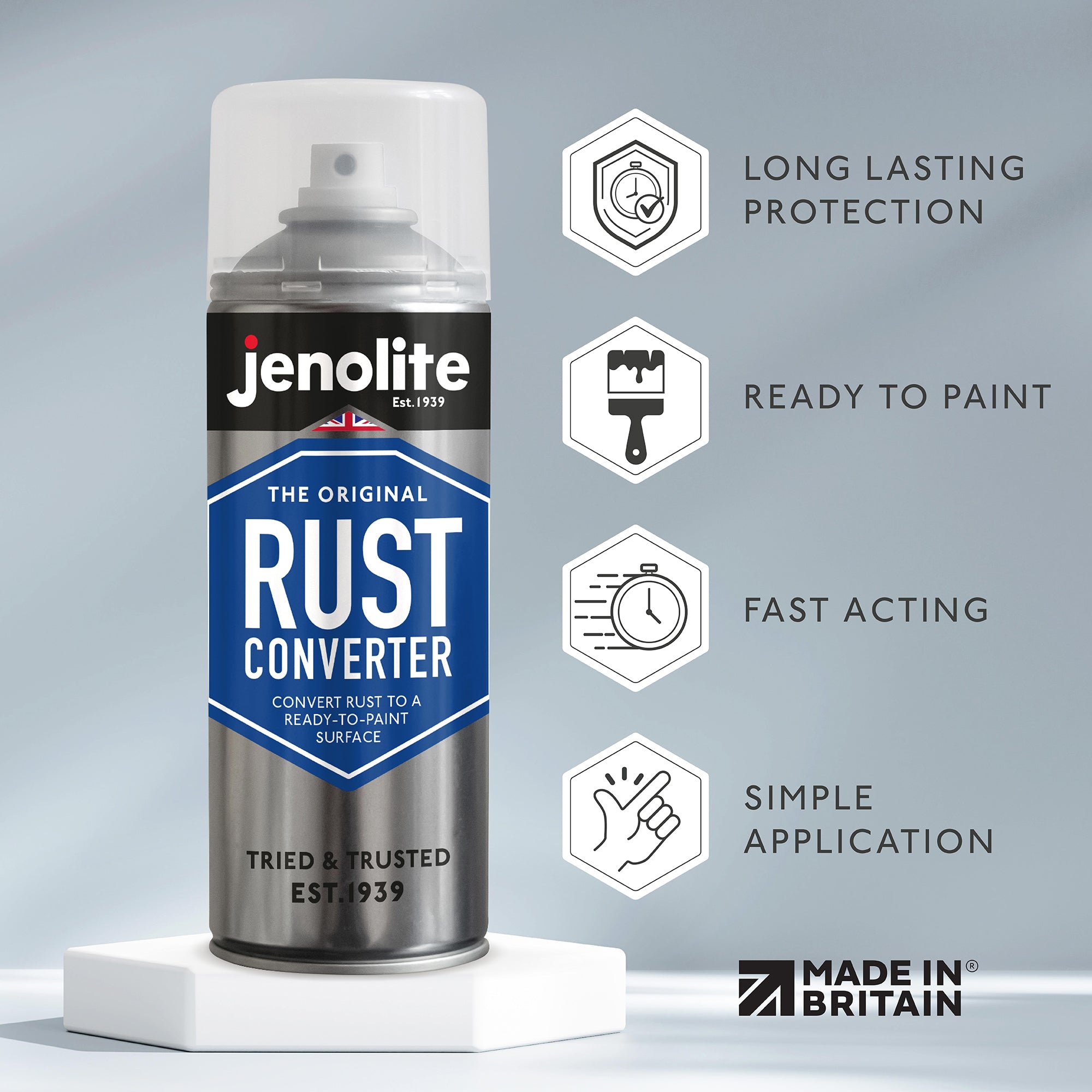In this blog post, we’ll show you how to remove rust stains from stainless steel utensils, which are one of the things in the kitchen most susceptible to rusting, and can be the most difficult to clean when using home remedies. Due to the nature of stainless steel, it is very easy to attract rust when exposed to water and air, and this can have lasting effects on the metal.
Clean The Utensils
The first step to remove rust from stainless steel is to make sure the utensils are clean before attempting to remove any rust. For effective rust removal, the utensils should be clean and dry, so start by washing them in a bowl of hot soapy water to remove any dirt, and then thoroughly dry the utensils with a tea towel, making sure they are completely dry. Water is one of the things that cause these utensils to rust, so trying to remove rust from wet stainless steel will not work.
The next step in removing rust from stainless steel will involve some strong chemicals that need to react with the rust to make it easy to remove. So before you begin using the chemicals, you need to protect yourself with some protective glasses and rubber gloves, as the chemicals can be damaging to skin and eyes. Once you are suitably protected, you can begin removing the rust from your rusty kitchen utensils. If you want to avoid hazardous chemicals, explore Jenolite’s non-toxic rust remover range.
How to remove rust stains from stainless steel utensils
The first step to take when removing rust from any of your stainless steel utensils is to take an old cloth and give any big bits of rust you can see a firm rub, dislodging any of these large parts, making them easier to remove later.
The next step is to apply some of Jenolite’s rust remover gel to your stainless steel utensils using a brush, making sure to get between the prongs of the fork to remove all the rust. Tip the required amount of jelly into a plastic container, and then work it into the rust with a brush every five minutes, adding more if required. You will also need to be quite liberal with the amount of jelly you are using, otherwise you may not get rid of all the rust. It will be clear when you have worked the jelly into the rust for long enough as it will start to turn a dark grey colour. Once this has happened, you can wipe the utensils clean with a lint-free cloth, removing all of the rust and the jelly.
To ensure all of the rust has been successfully removed, brush away any remaining dark grey residue with a wire brush or piece of steel wool, which should now remove the rust completely. If there is still any rust on the utensils, then simply repeat the process described above until all the rust has been removed.
If you have any particularly rusty utensils you want to restore, these can be fully immersed into a container full of Jenolite’s rust remover liquid. Simply leave the utensils in the liquid until the rust has been removed, drain the excess liquid for one minute, and wipe dry immediately with a clean, lint-free cloth.
You must make sure to remove any traces of Jenolite products before use. The best way to do this is simply giving them a good old fashioned wash in hot, soapy water.
Always make sure to wash any brushes or equipment you have used to remove rust in clean water immediately after use, otherwise they could become damaged if exposed to the rust remover chemicals for a long period of time.
Rust Prevention for Stainless Steel Utensils
The last key step involves rust prevention, and how you can prevent your stainless steel utensils from rusting in the future. Here are our three key tips:
- If you are putting your utensils in a dishwasher, make sure to dry them when you take them out, do not just put them straight back in the drawer slightly wet.
- Check that the washing up liquid that you use is not high on chlorine content, as this can cause utensils to rust.
- If handwashing your utensils, do not leave them on a drying rack wet for a long period of time, make sure to dry them right after washing up.
We hope that this guide has been useful in helping you learn how to remove rust stains from stainless steel utensils. If you did find this guide useful, you might want to check out these related guides:

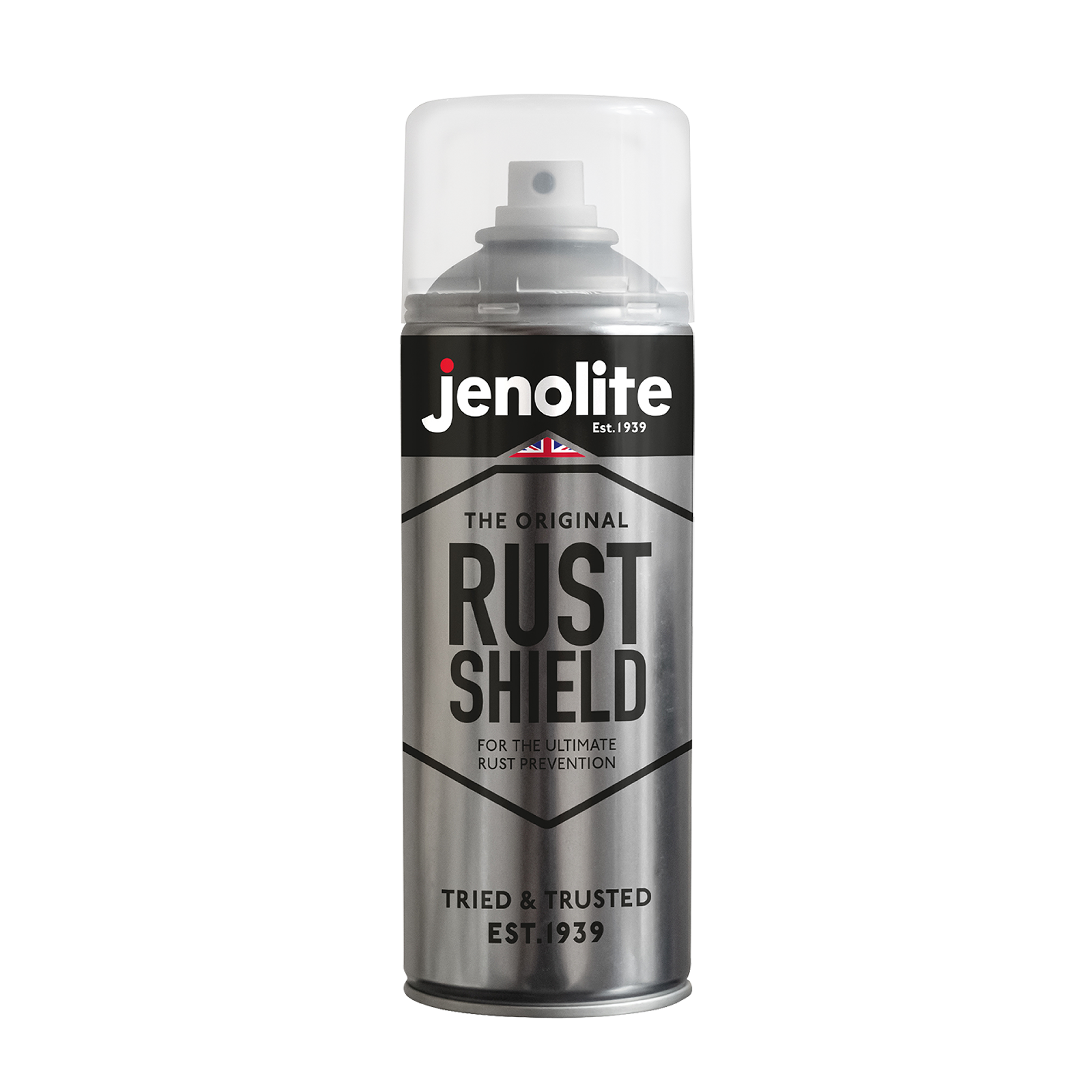
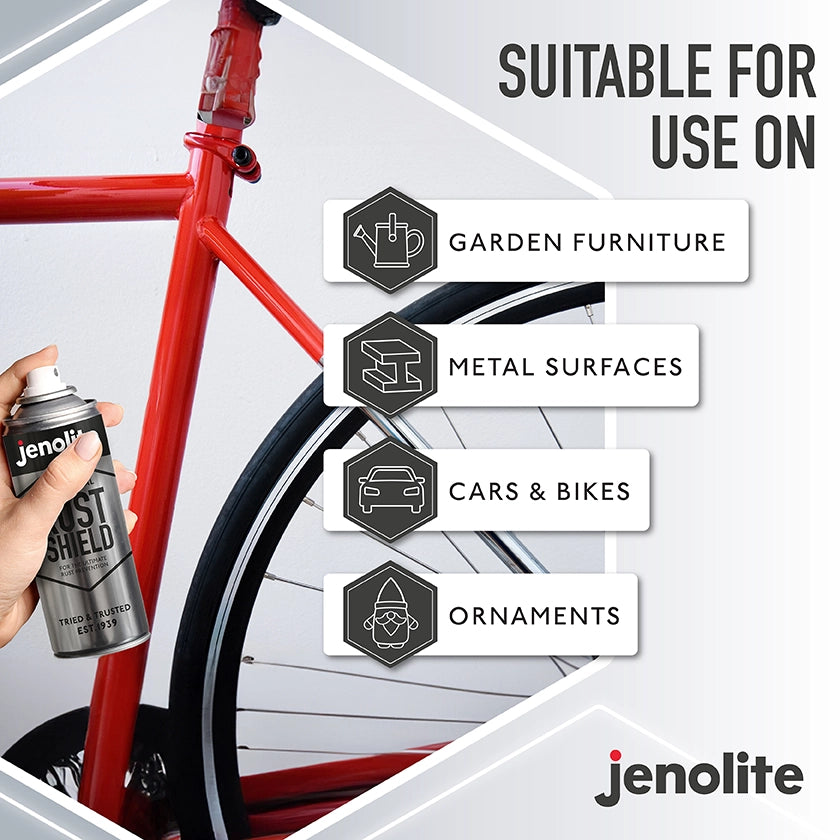
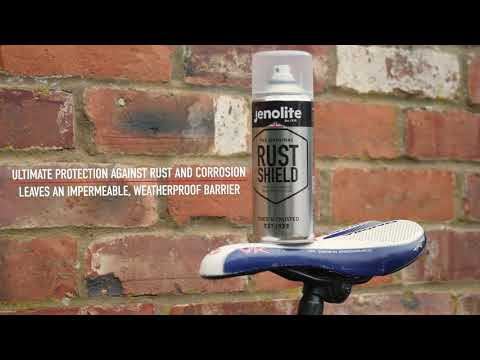
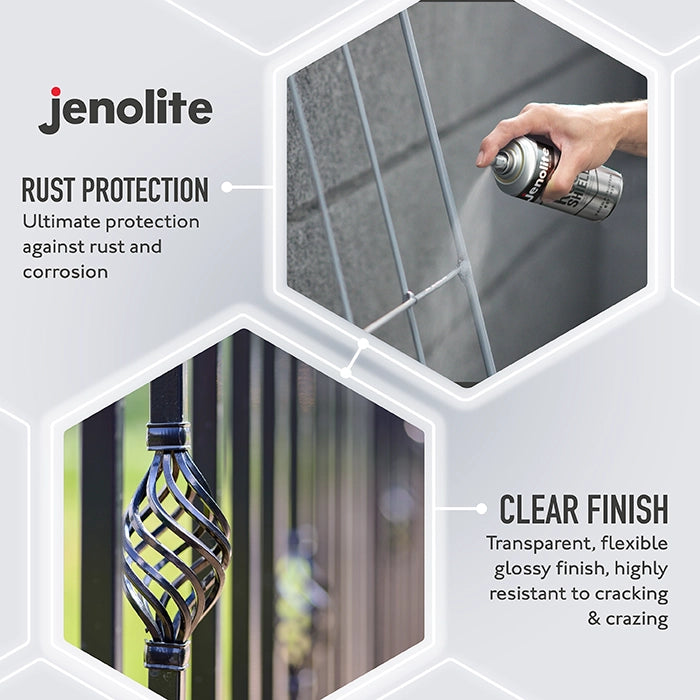
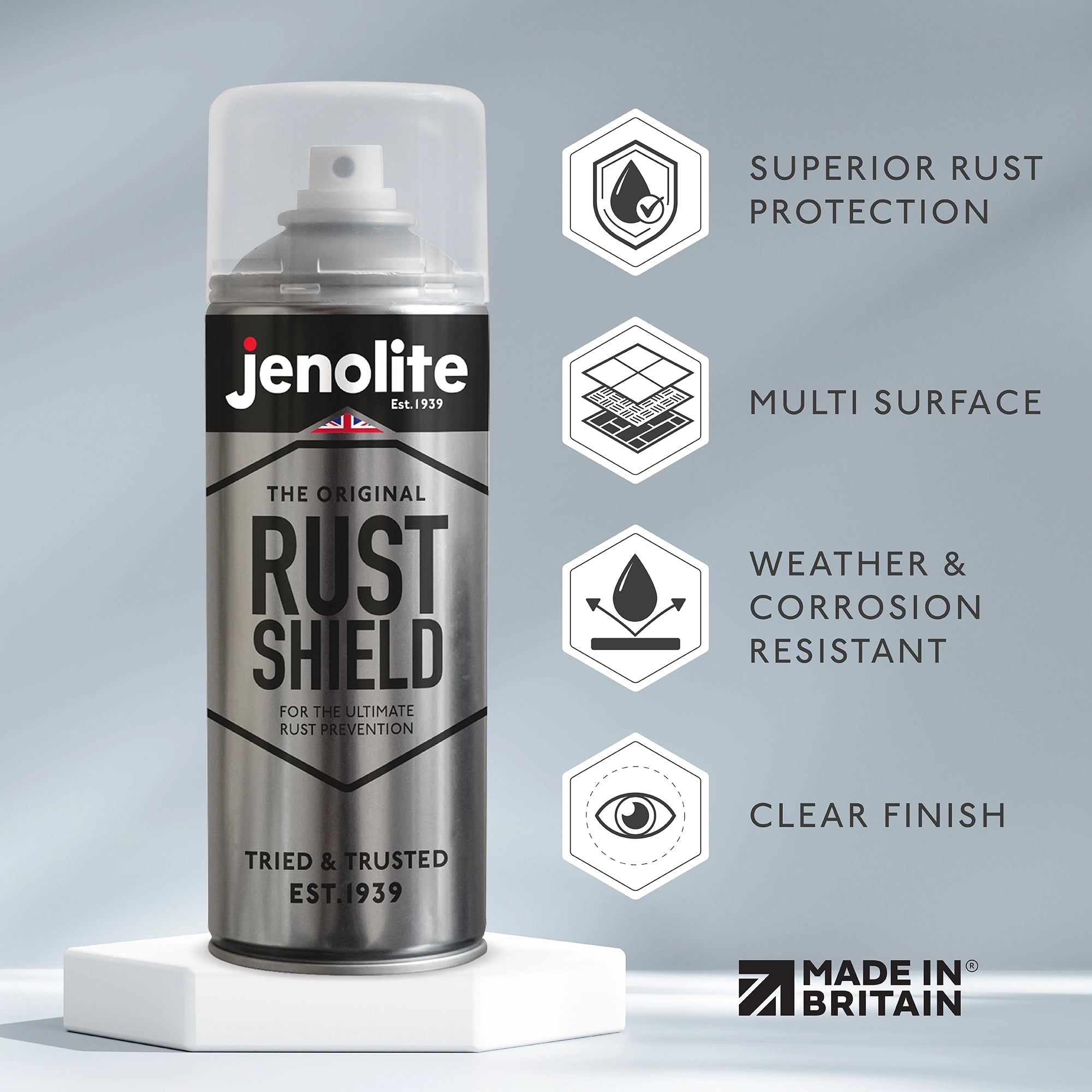
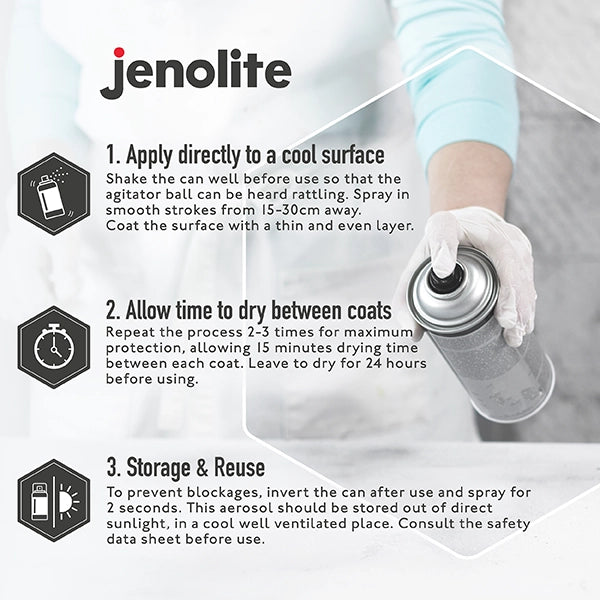
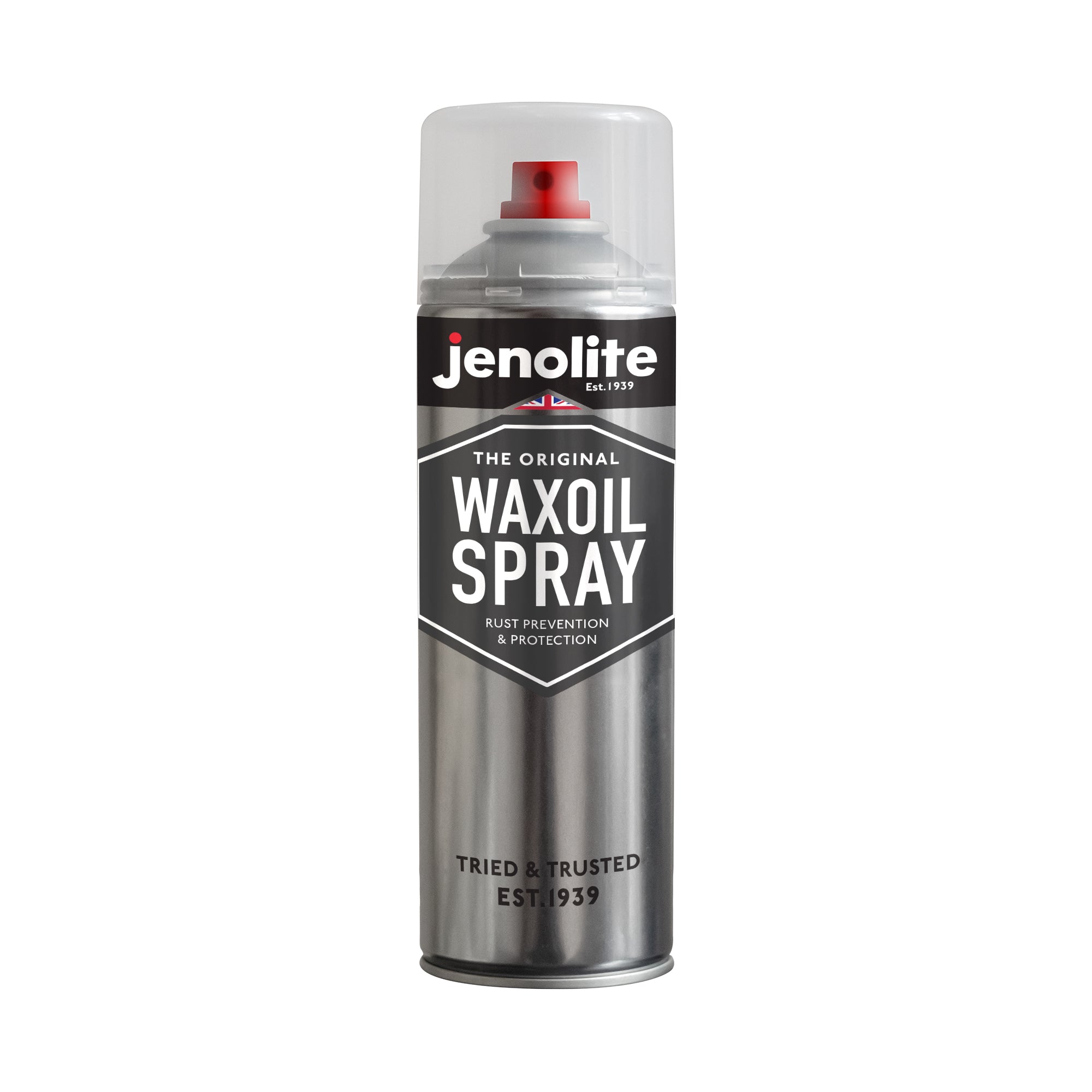
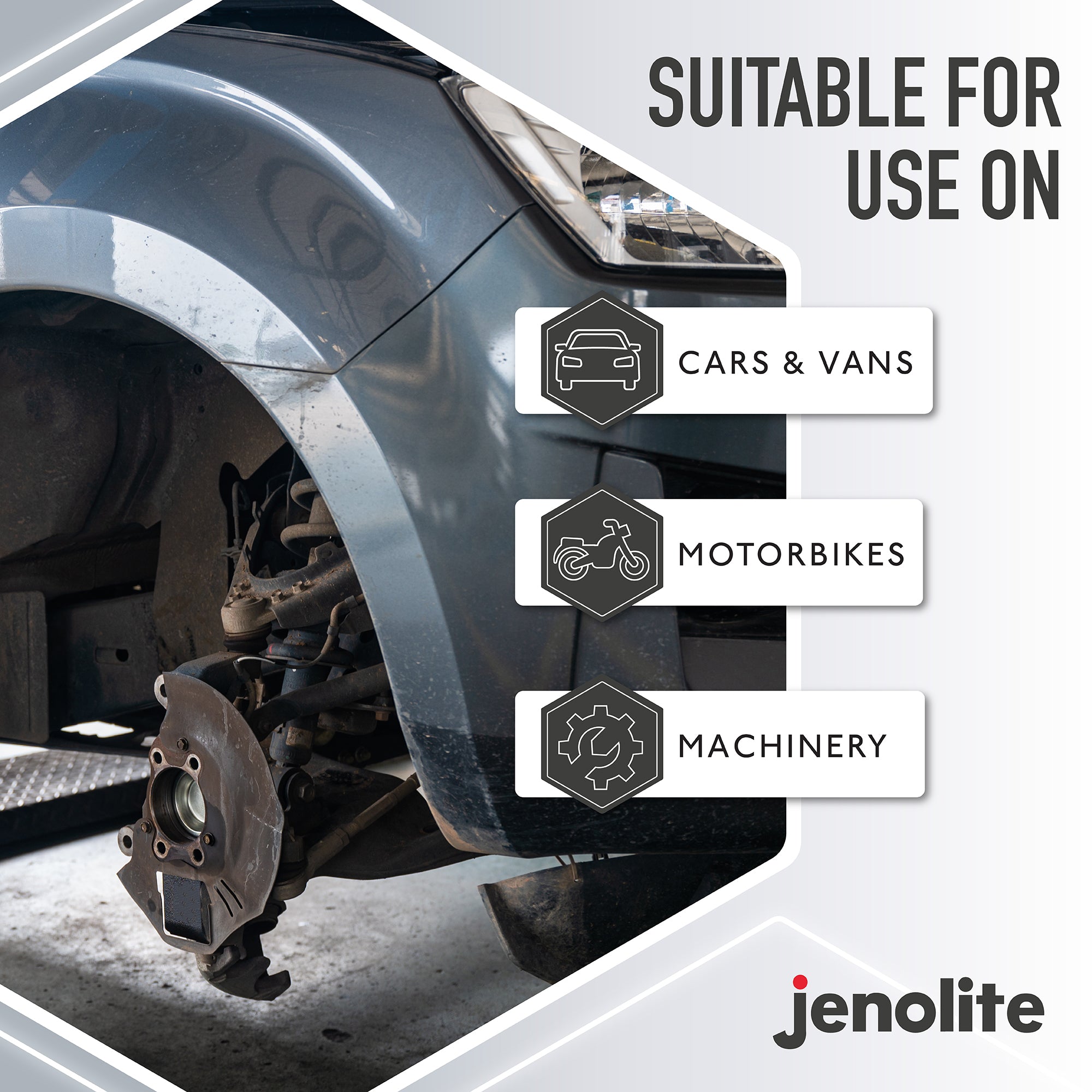
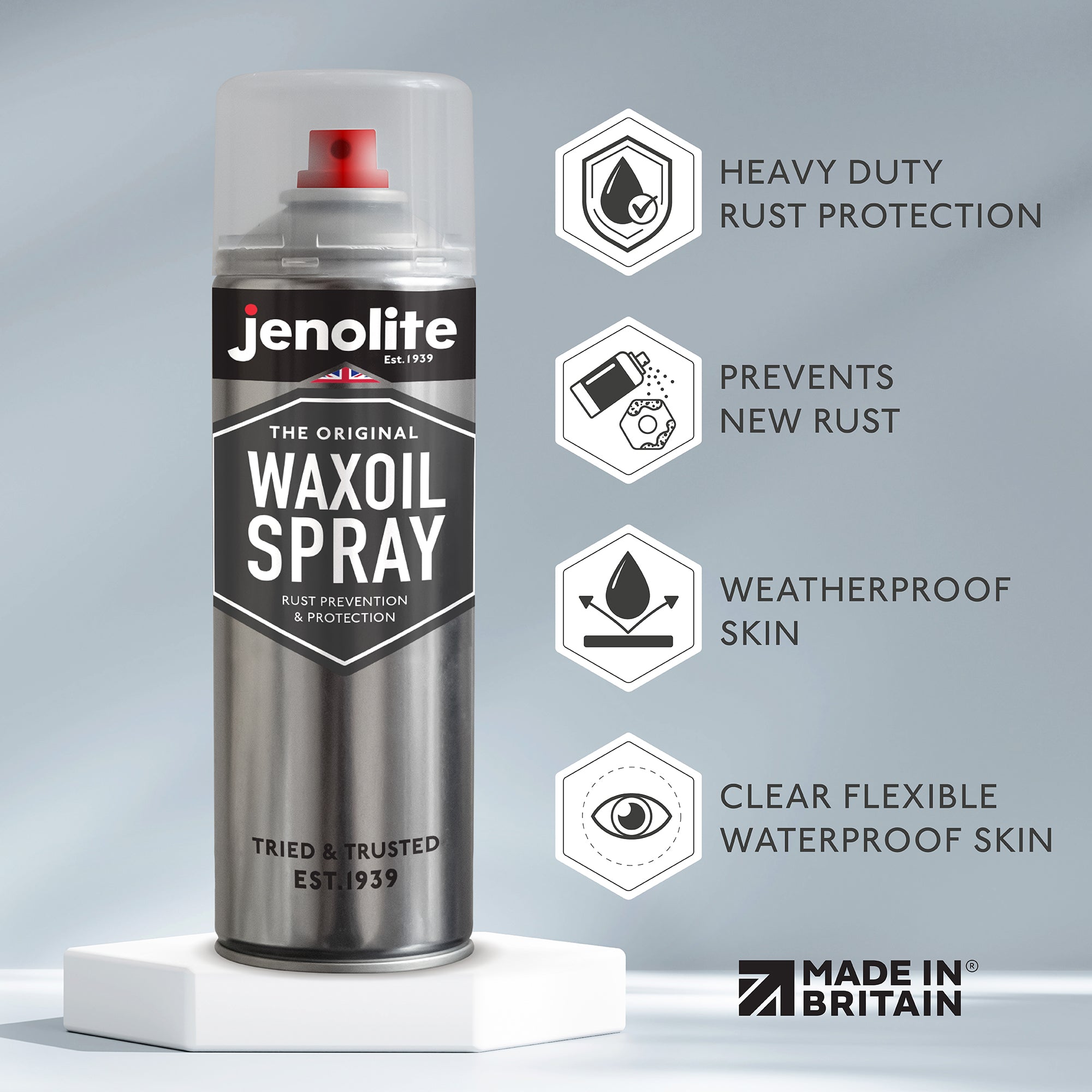
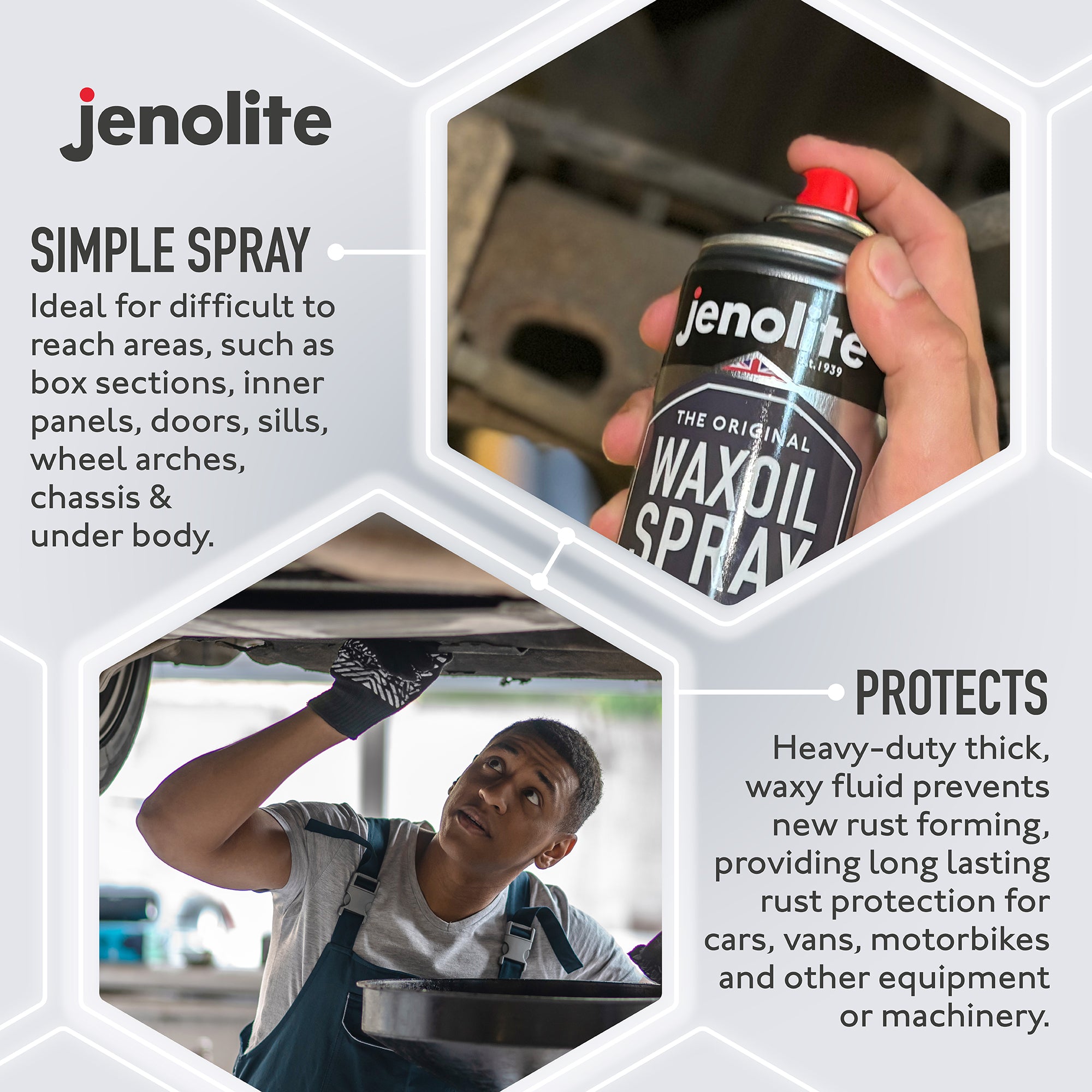
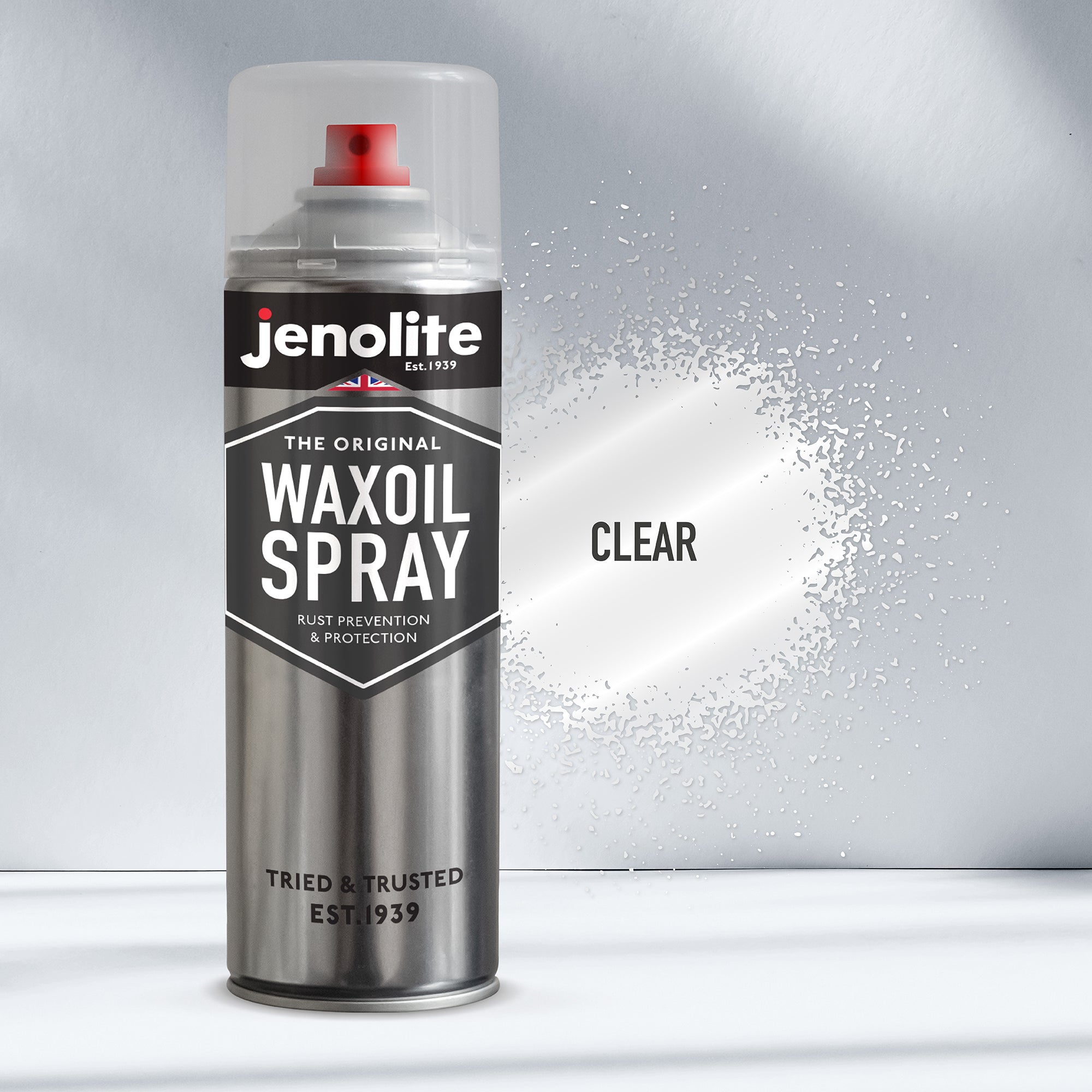










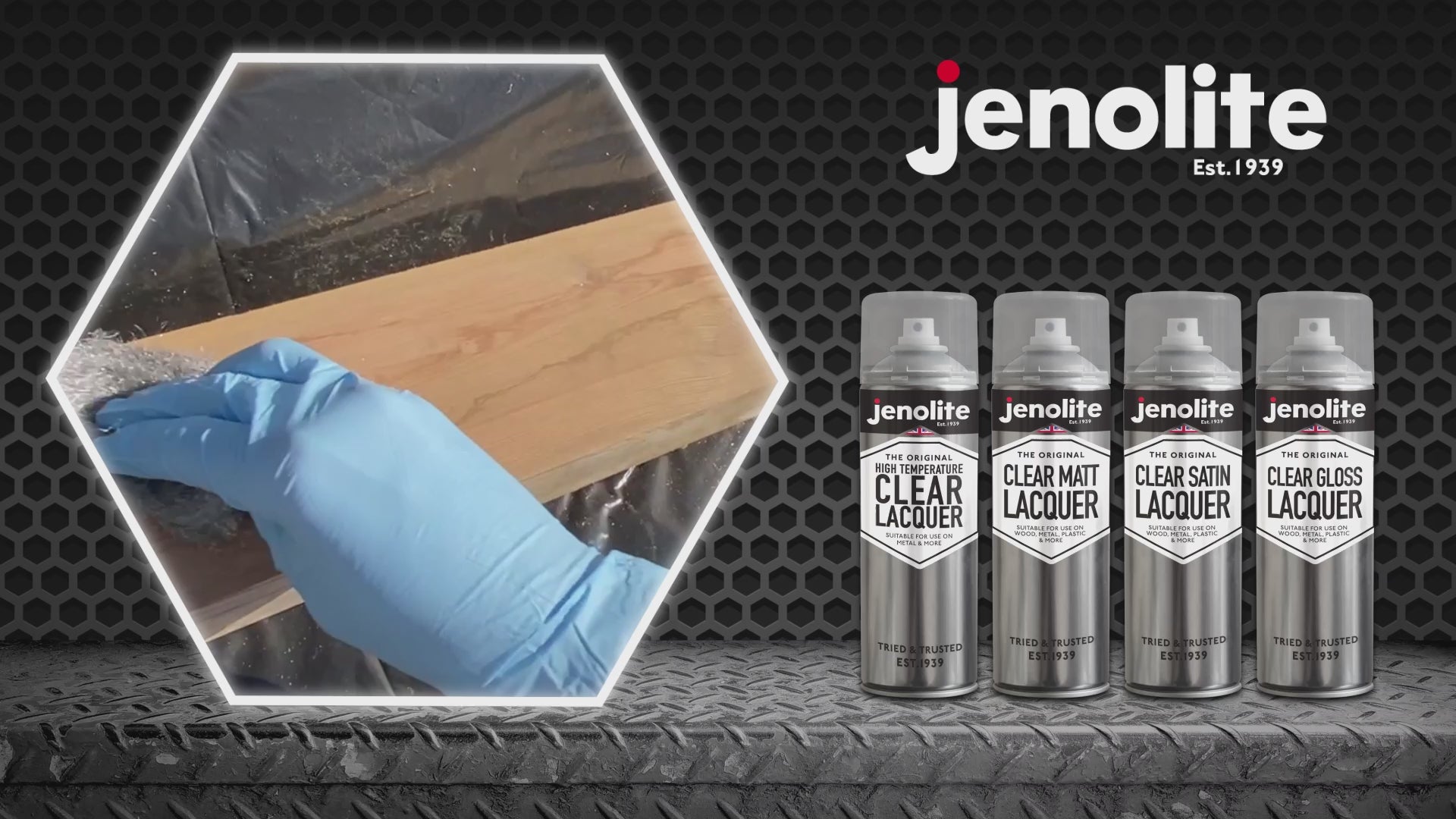




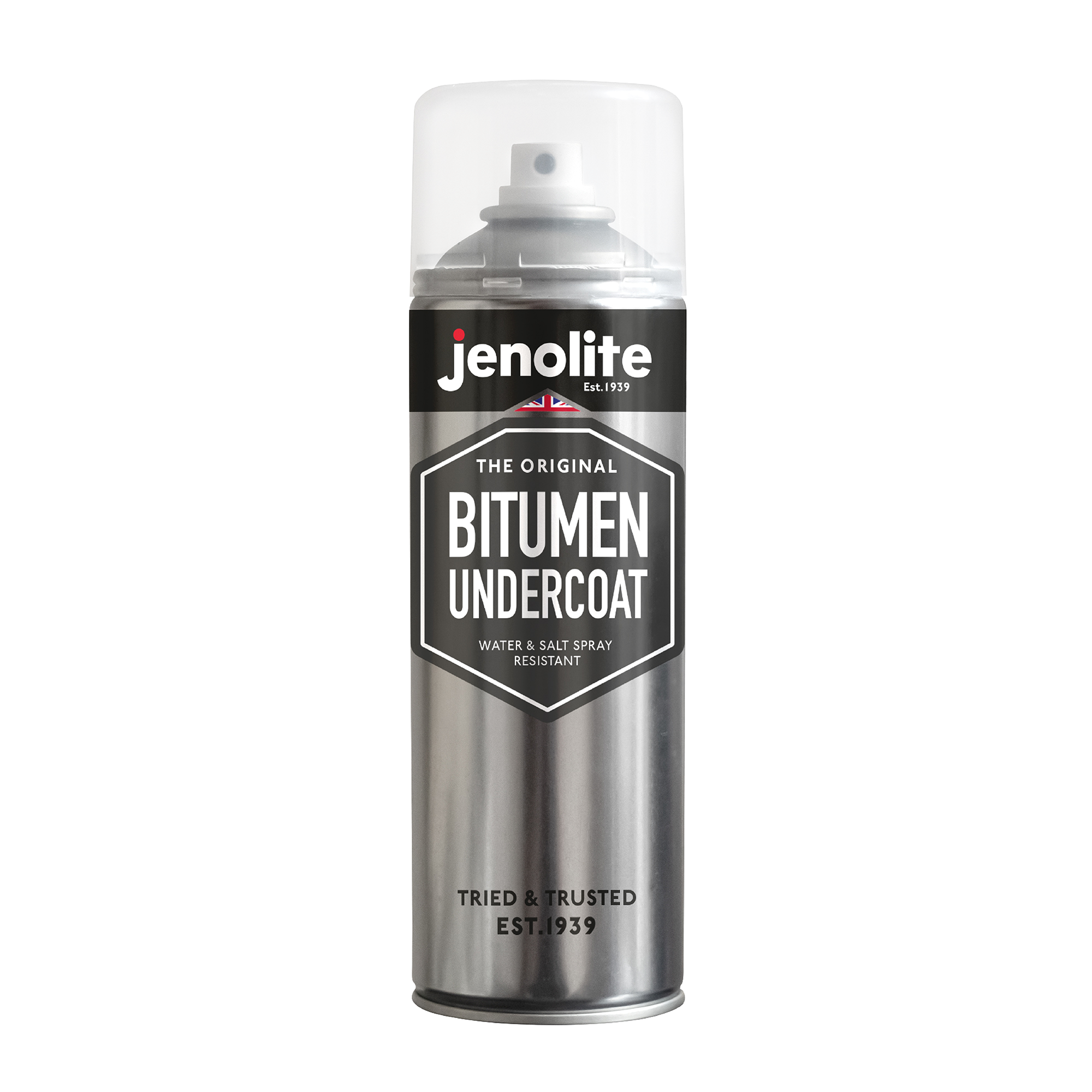
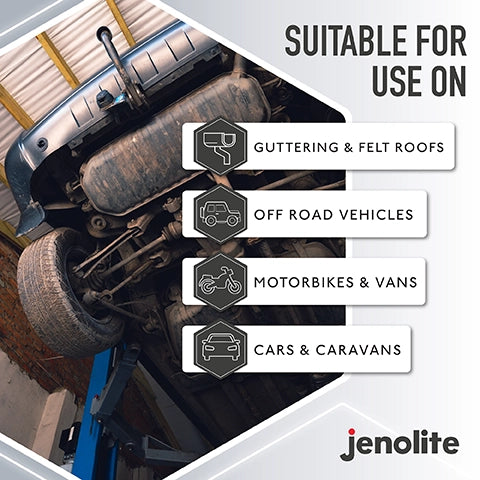
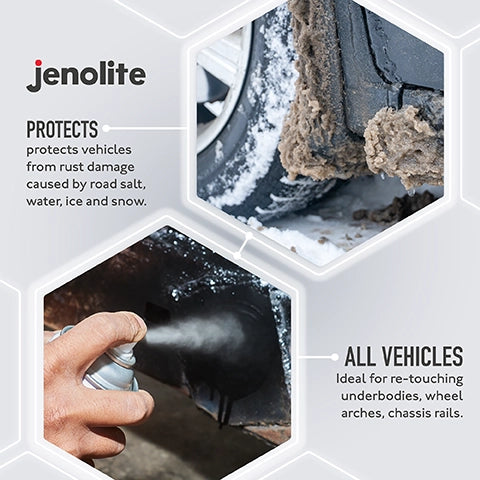
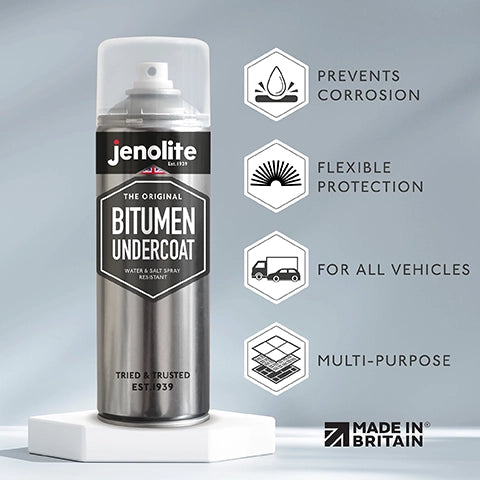
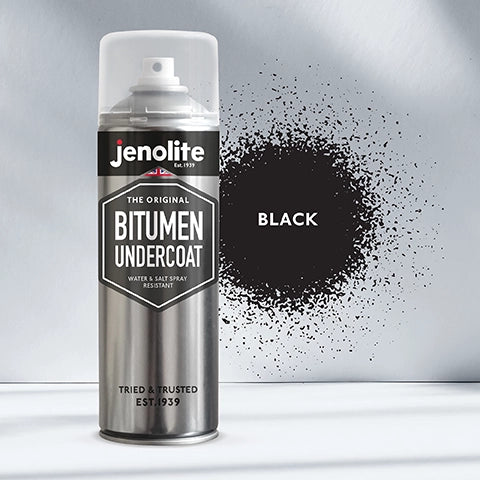
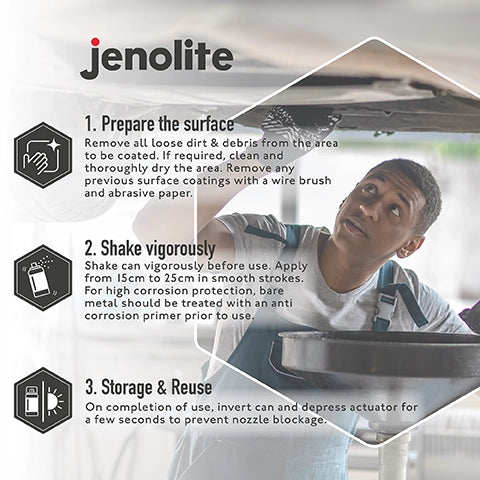
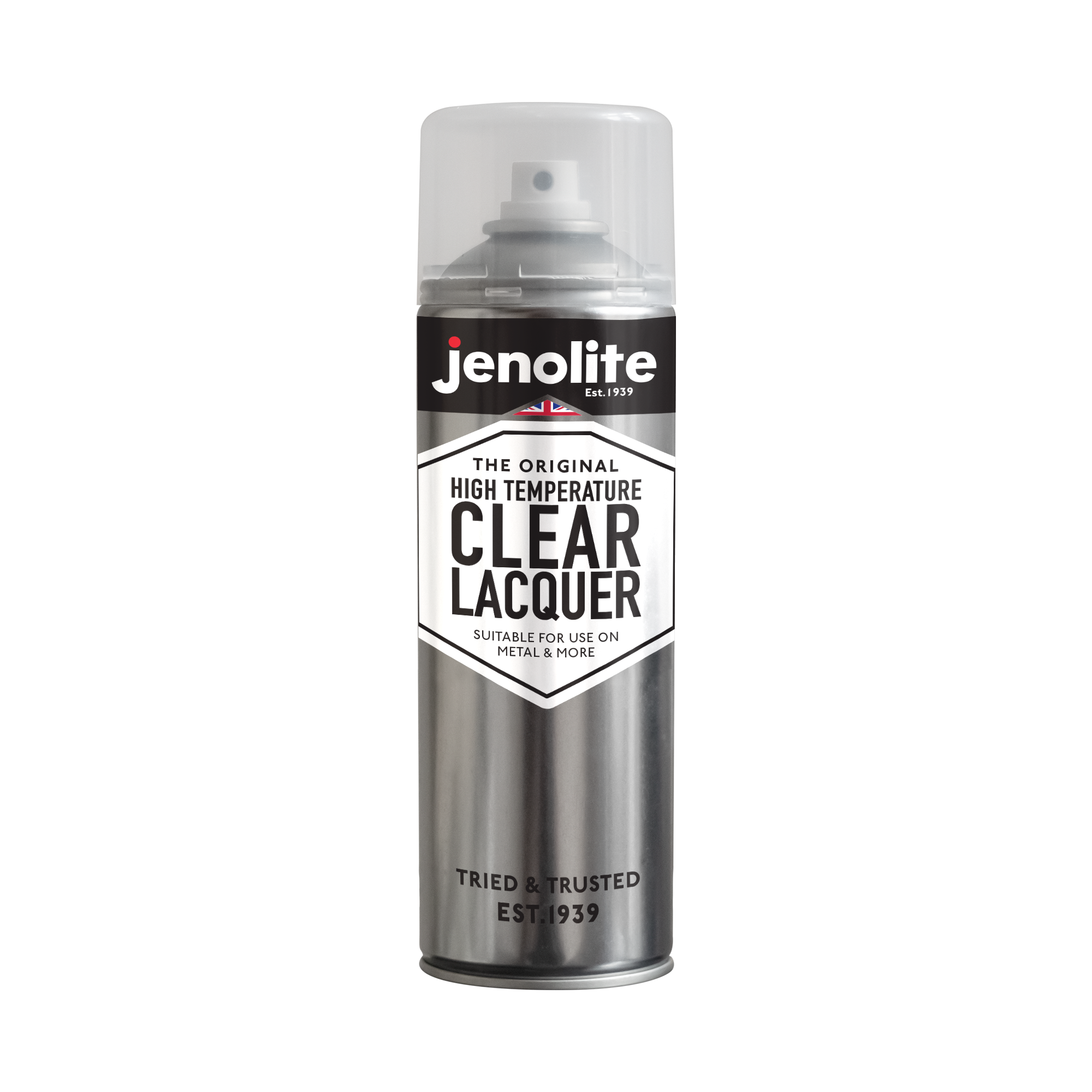

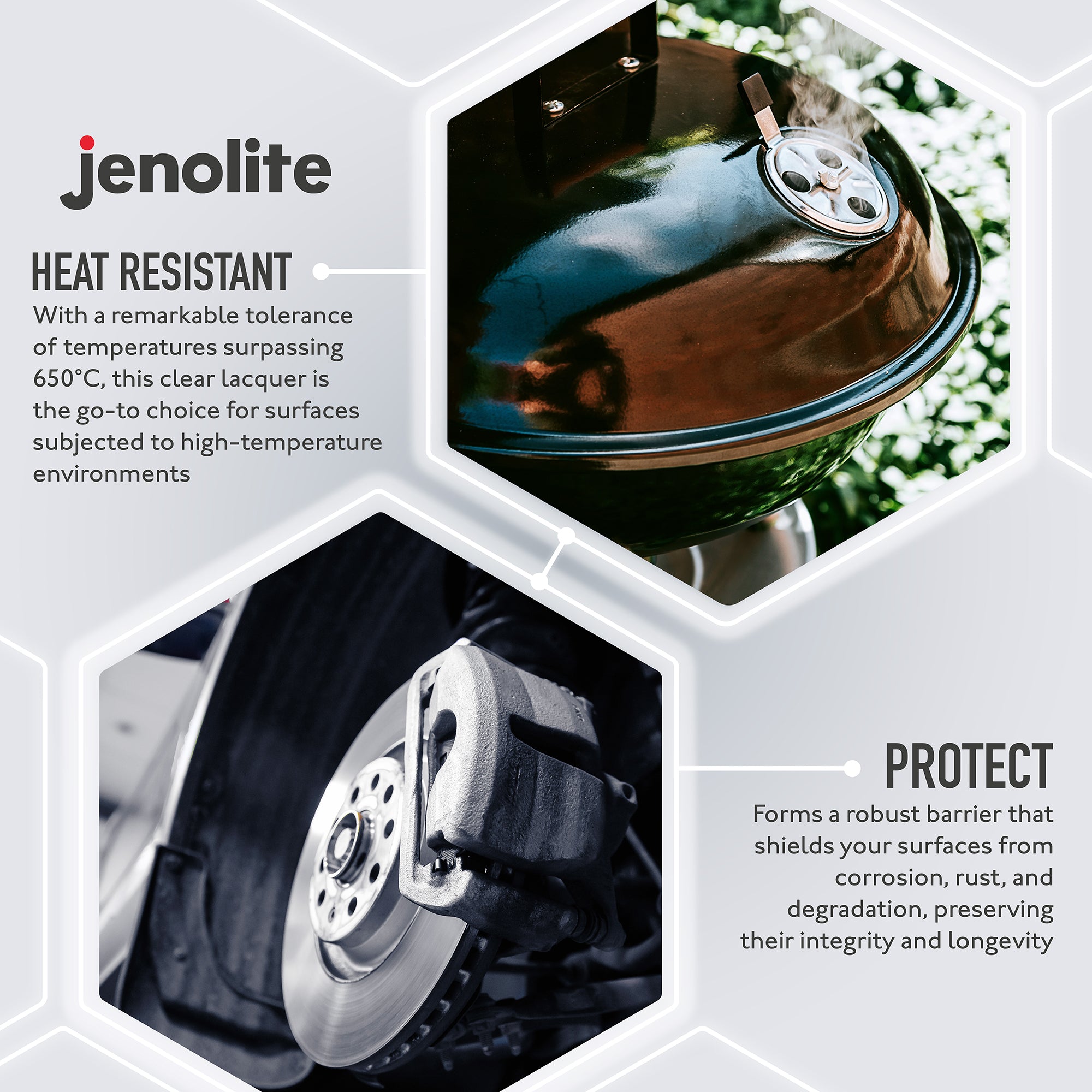
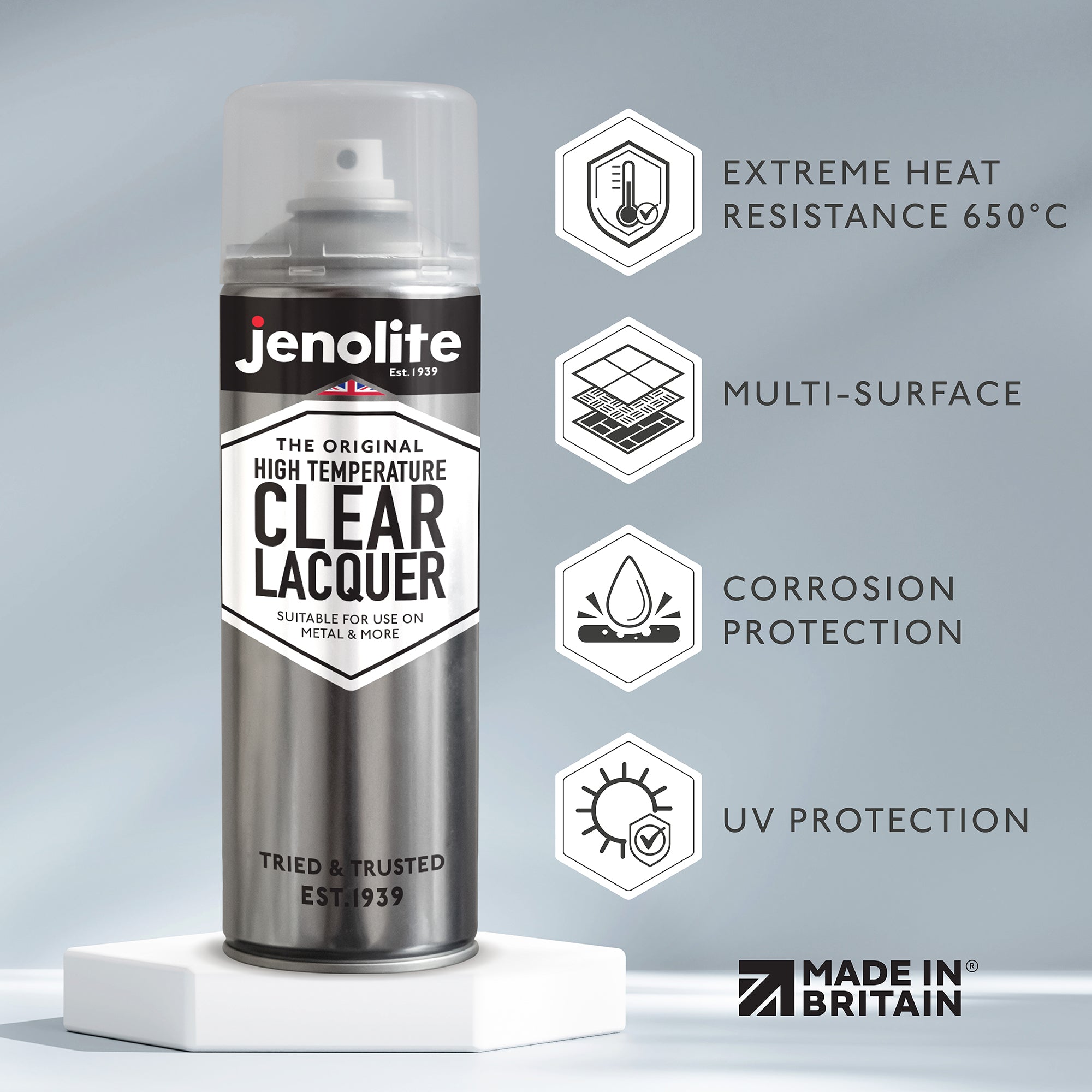
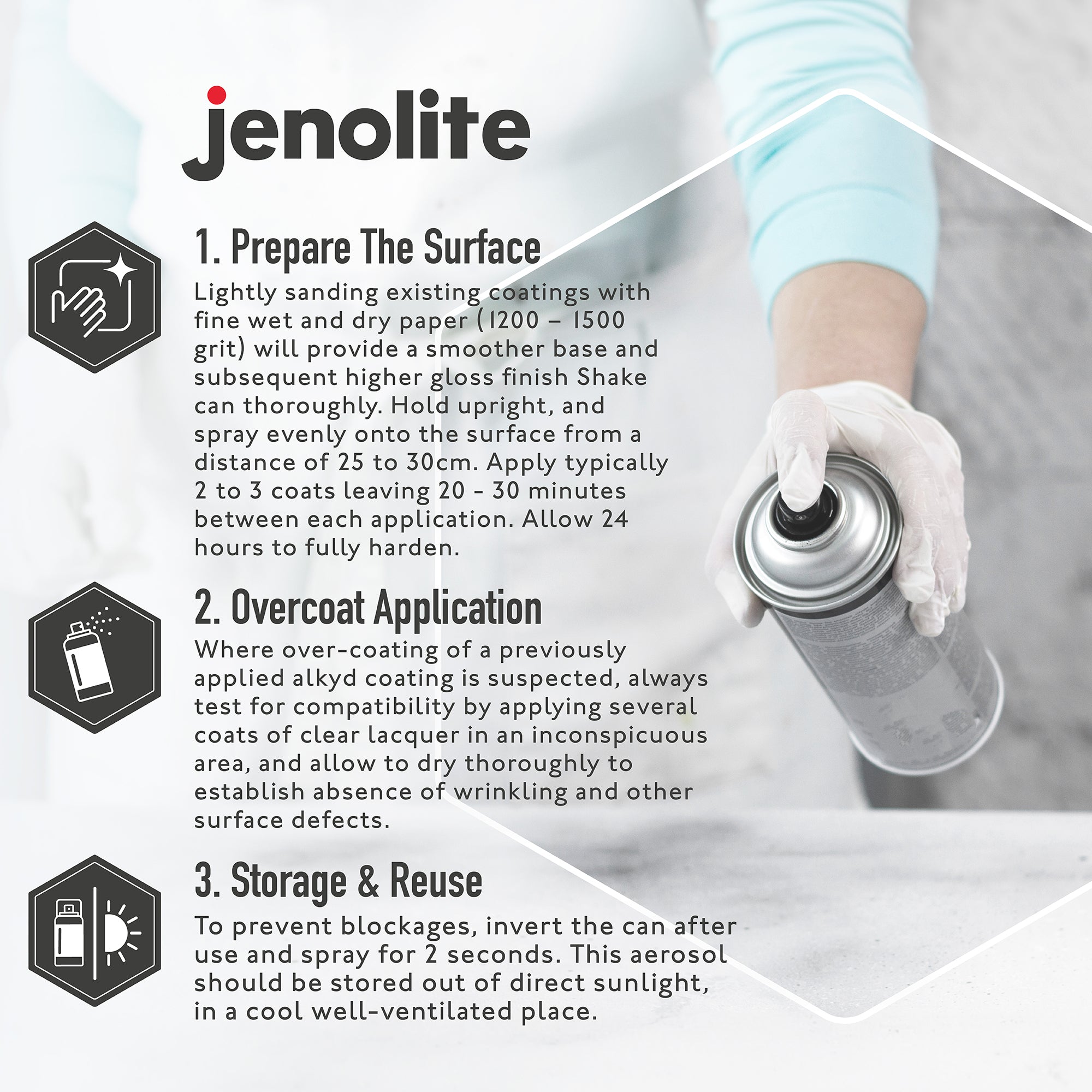
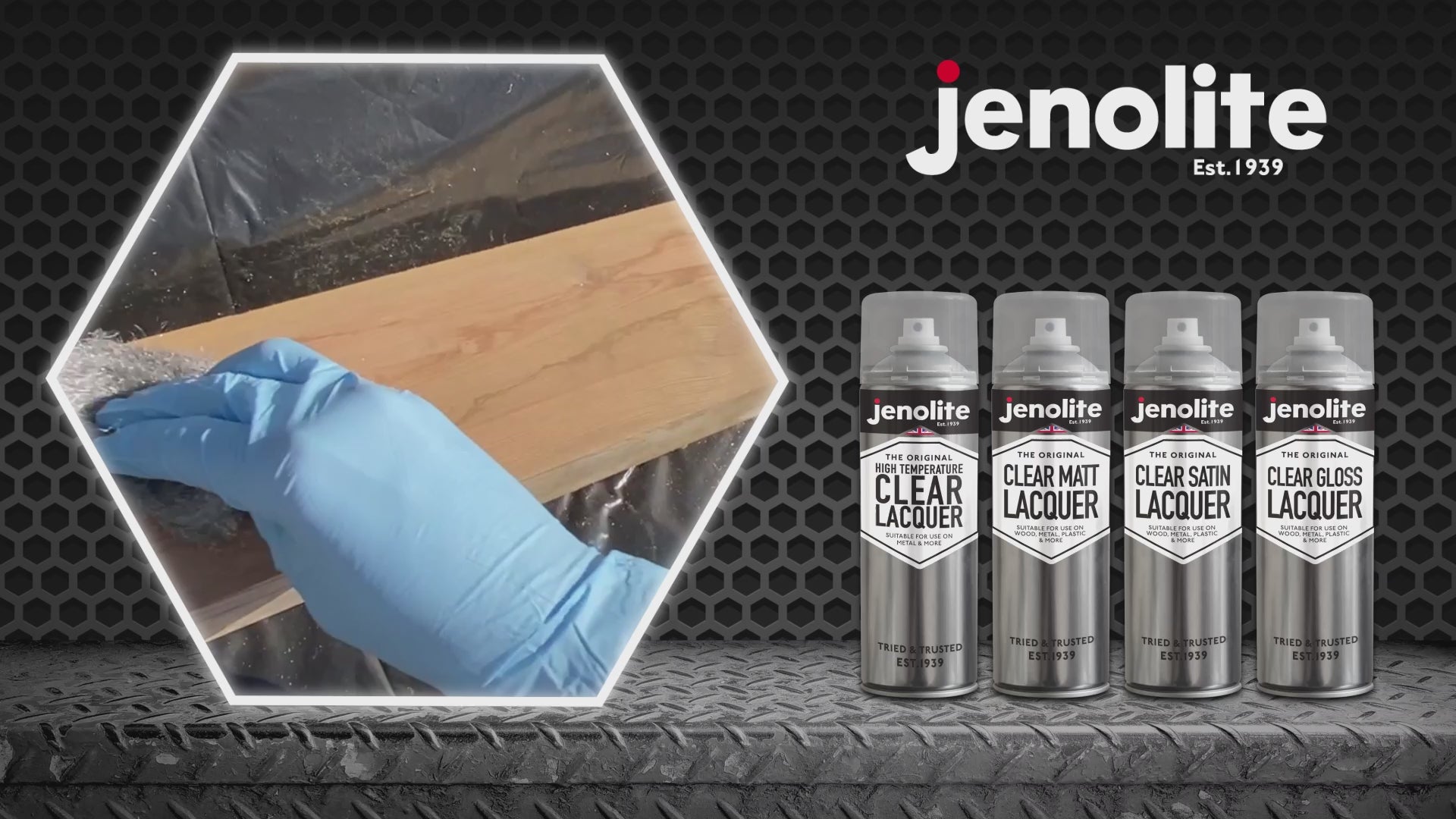
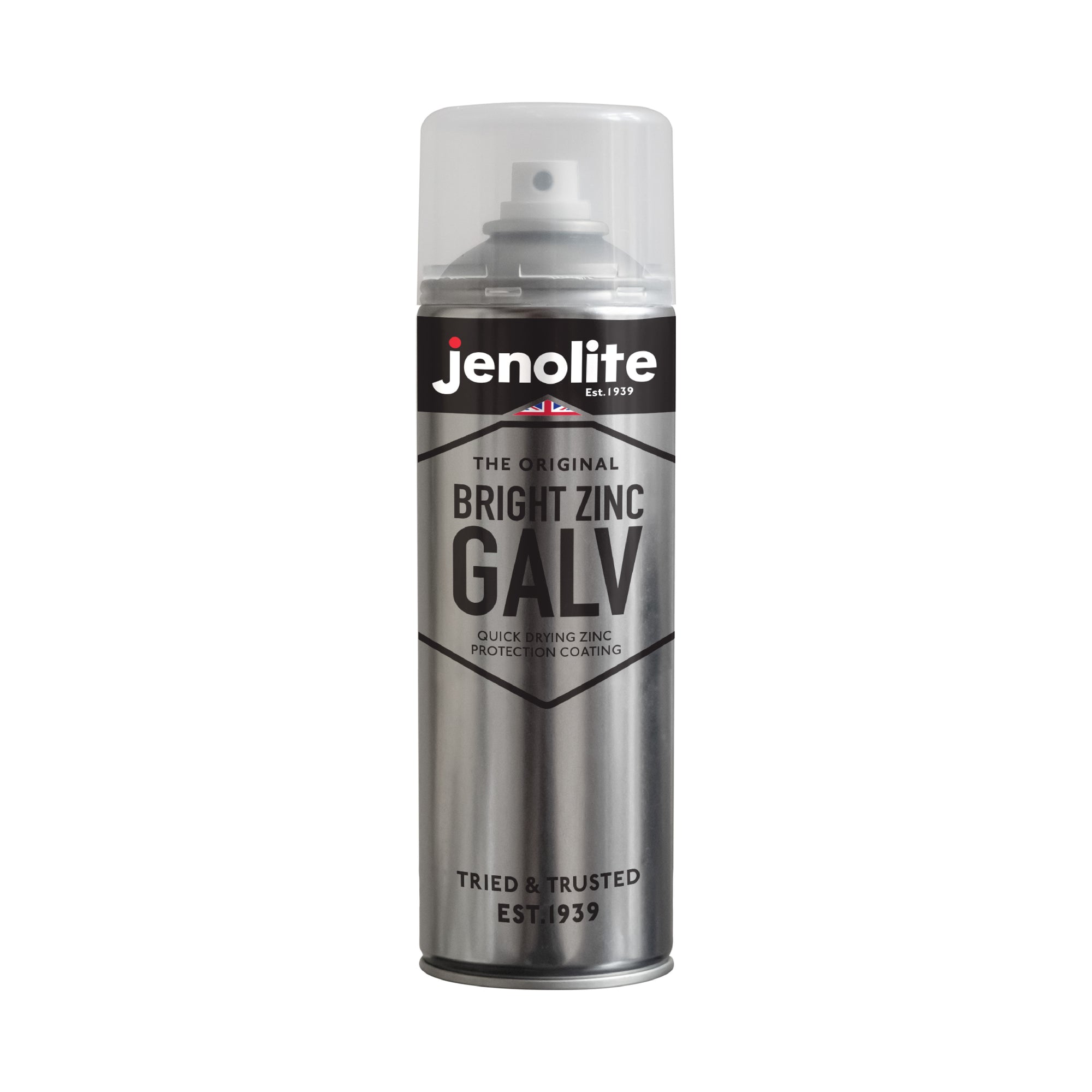
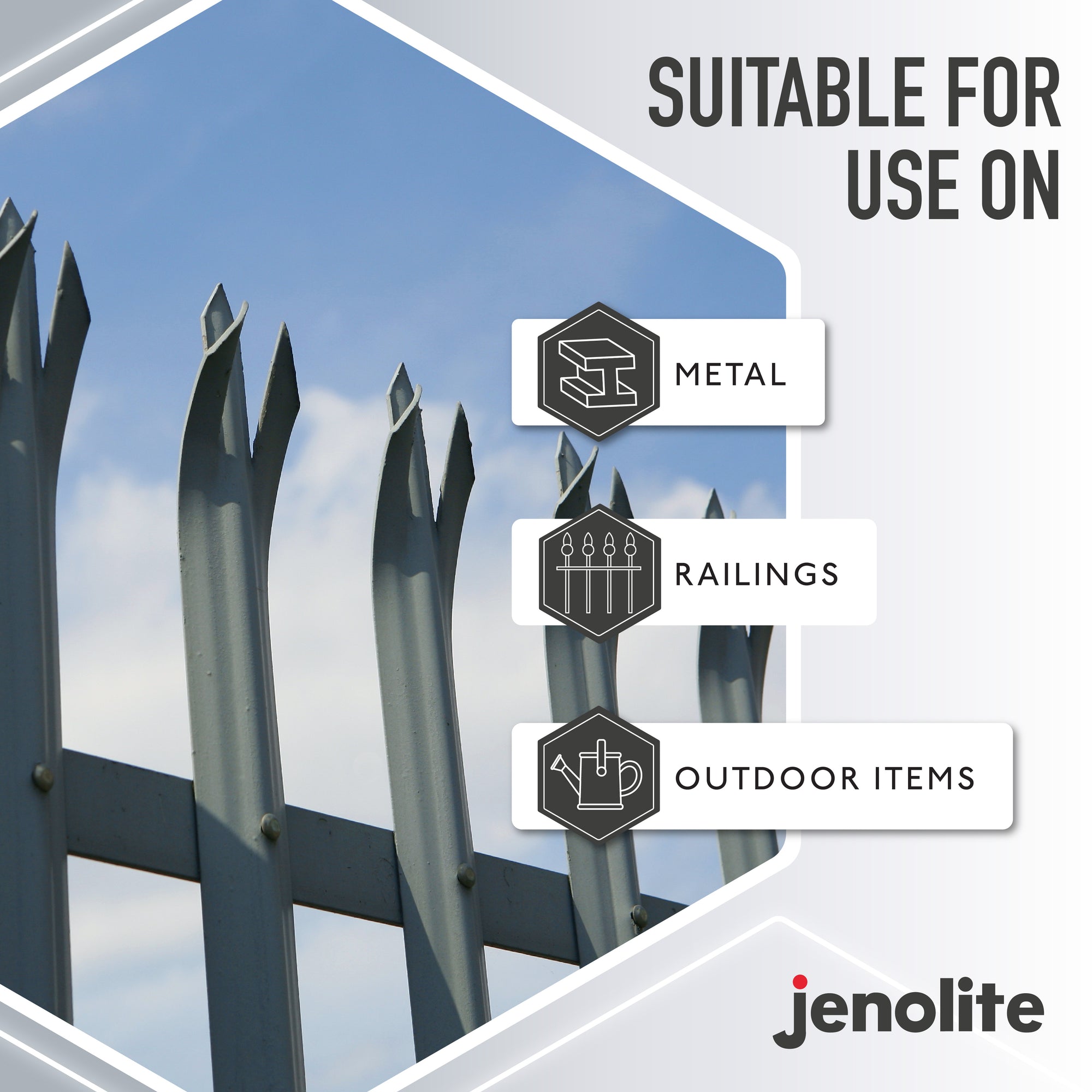
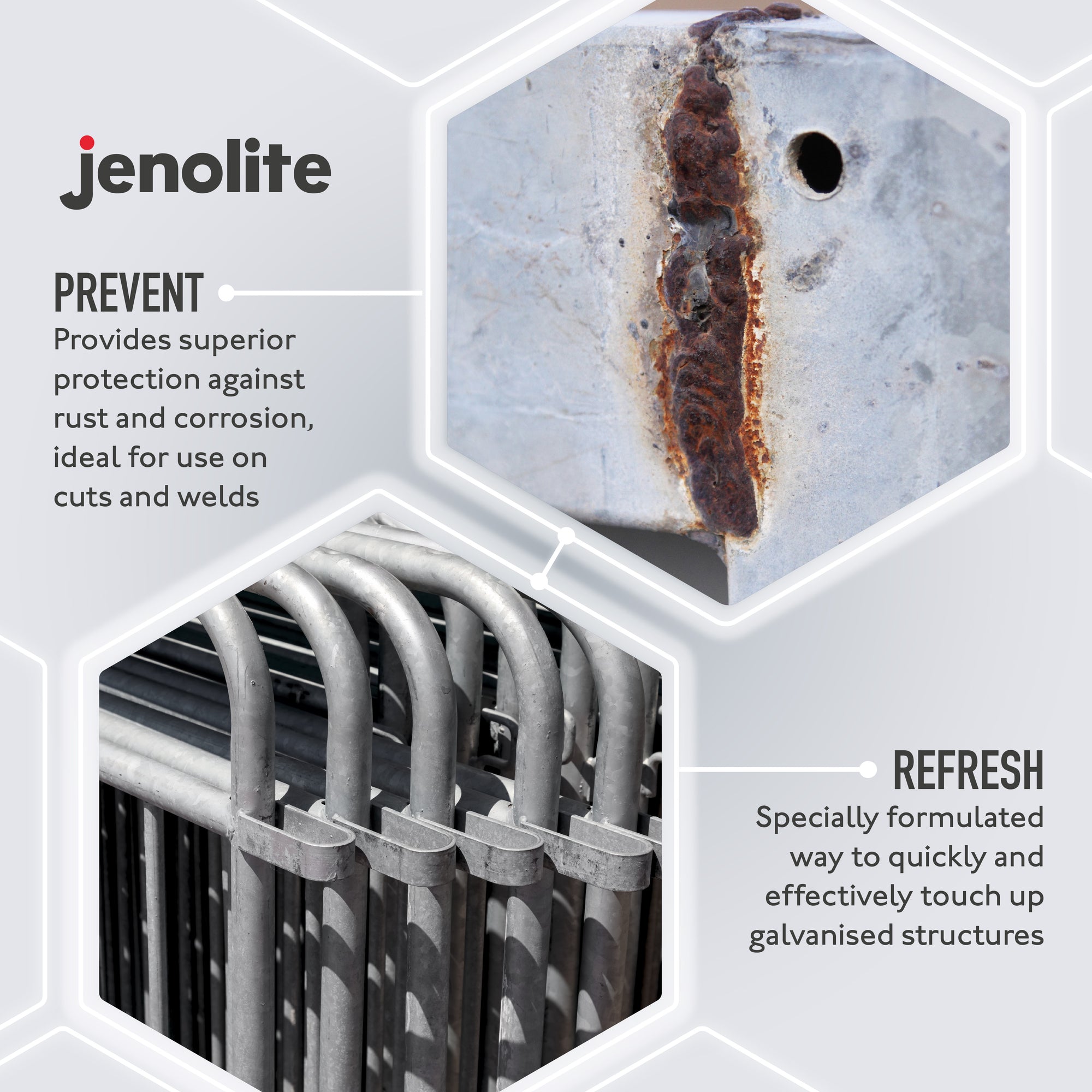
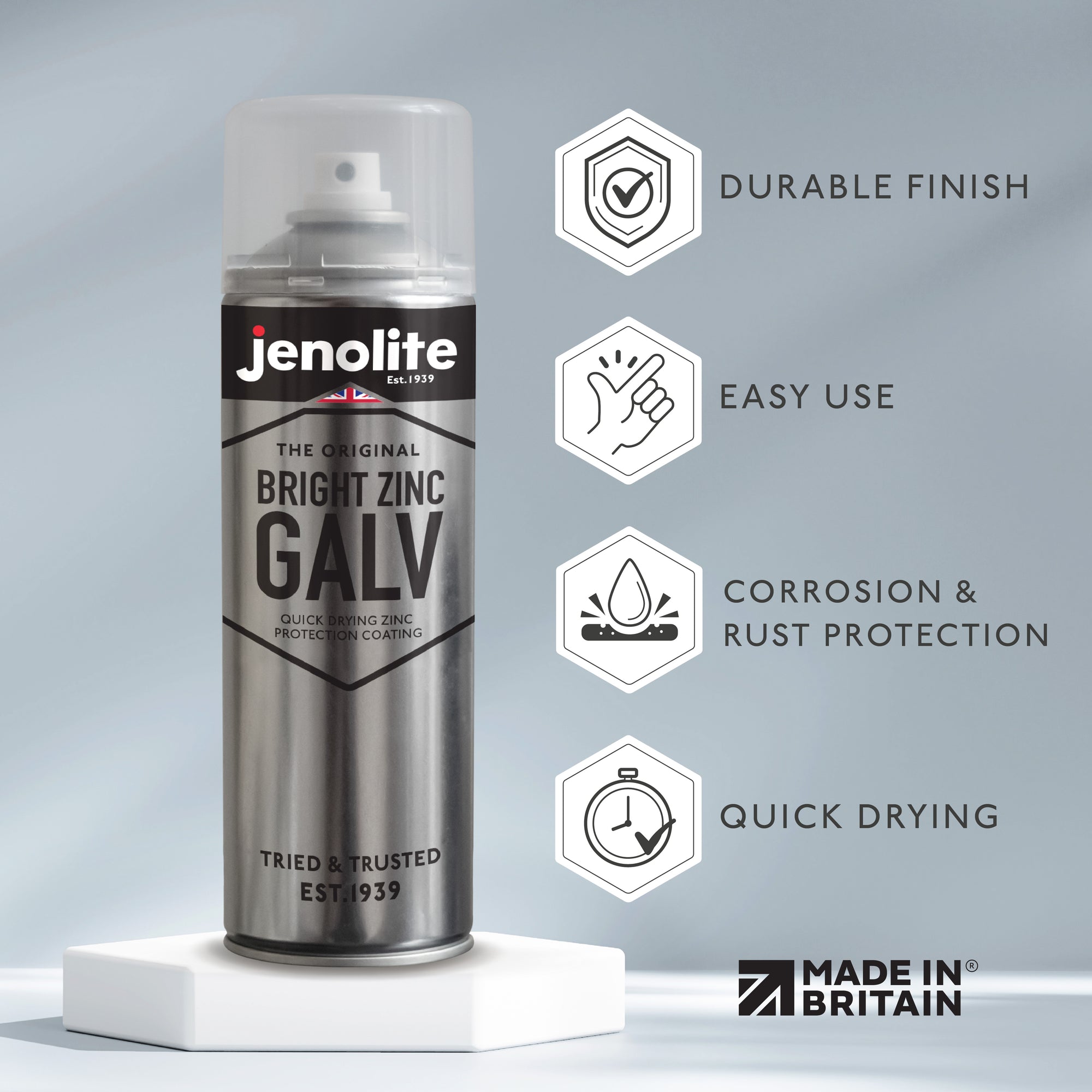
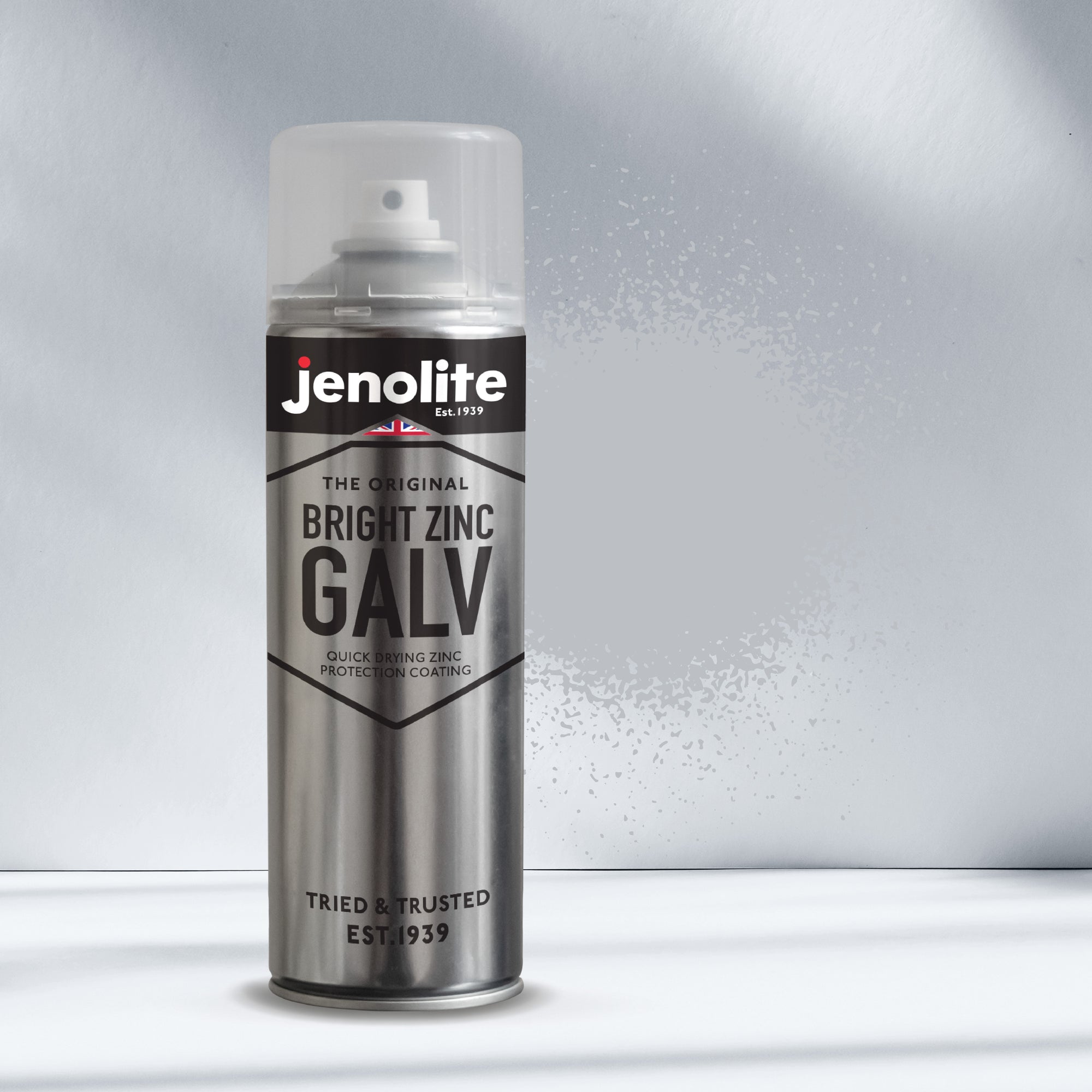
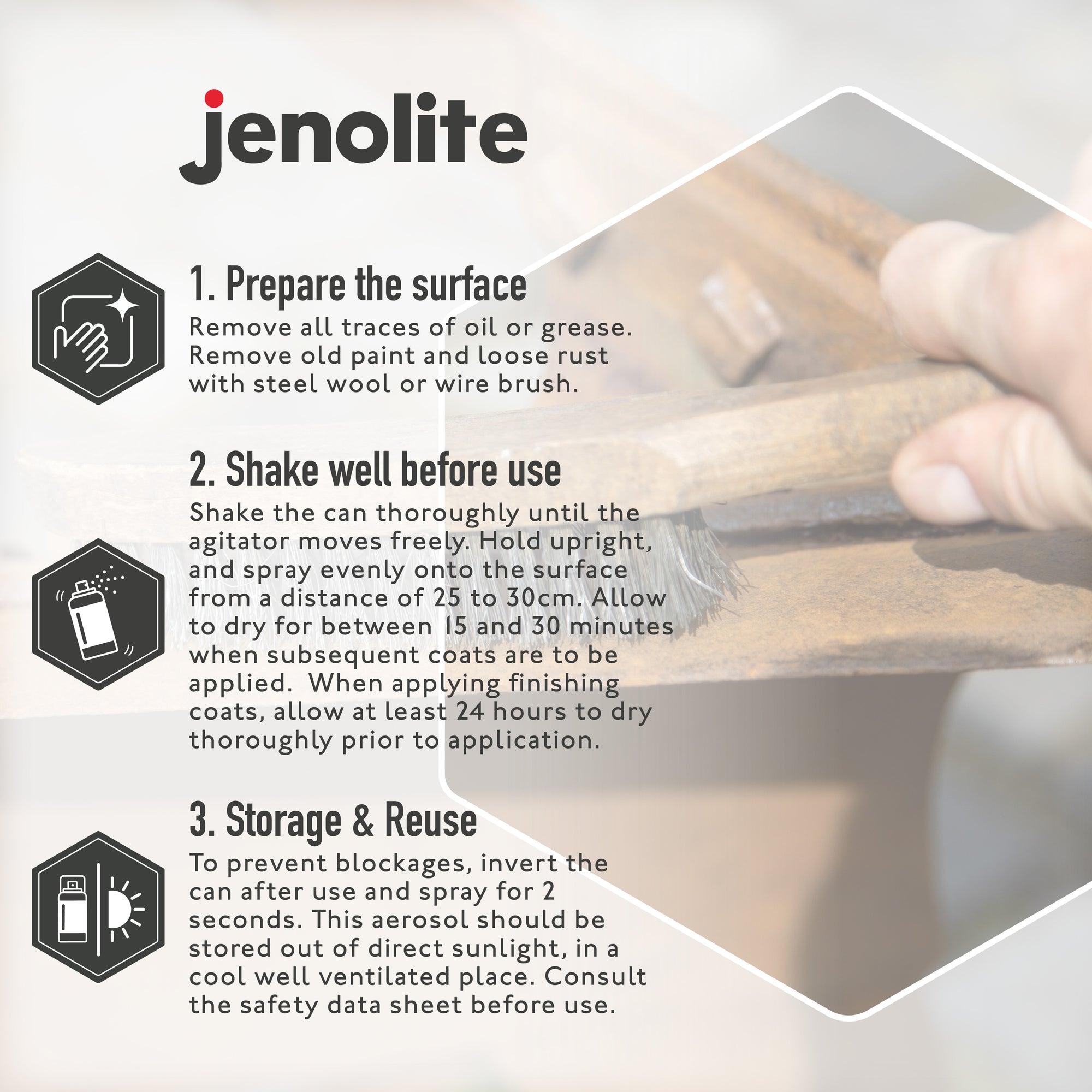
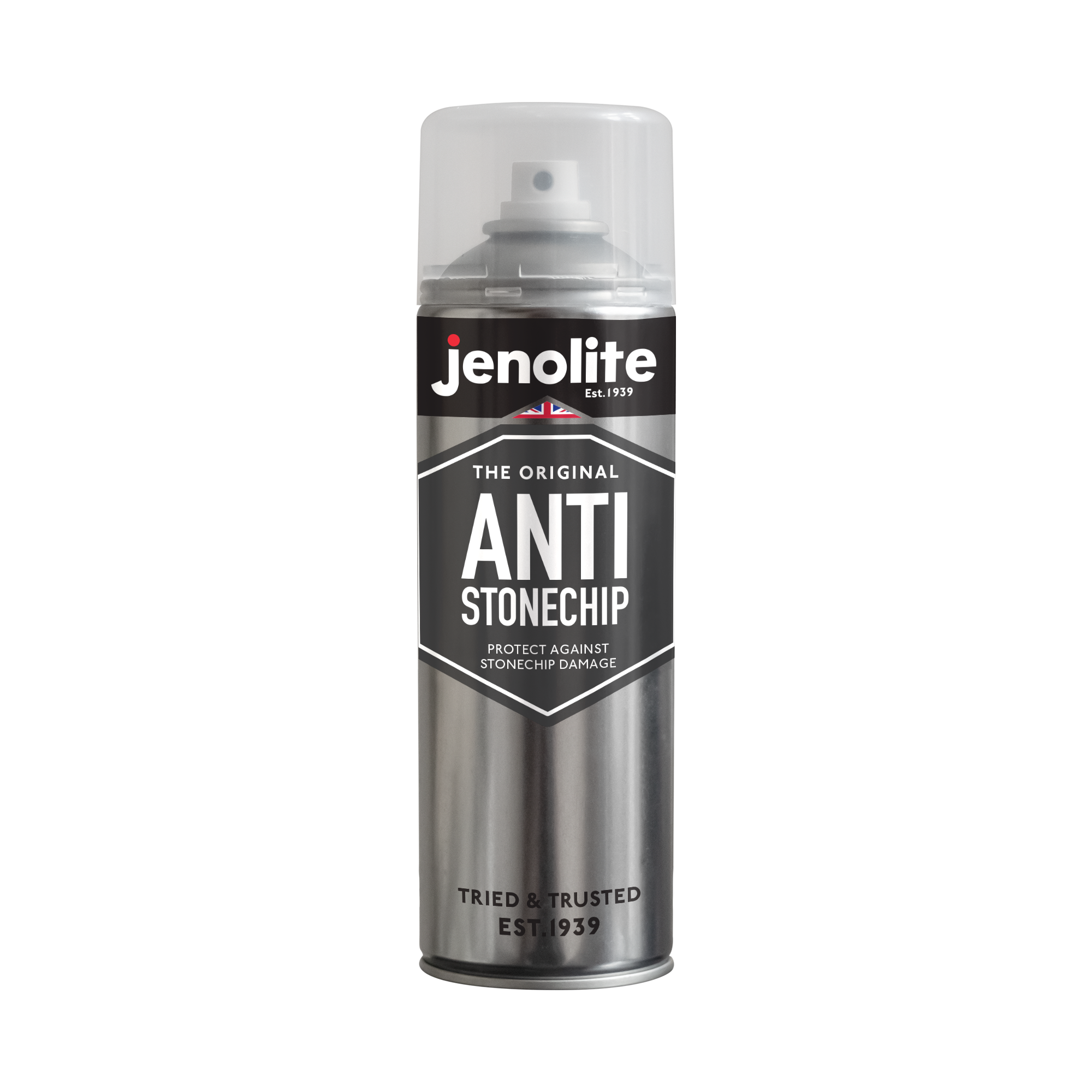

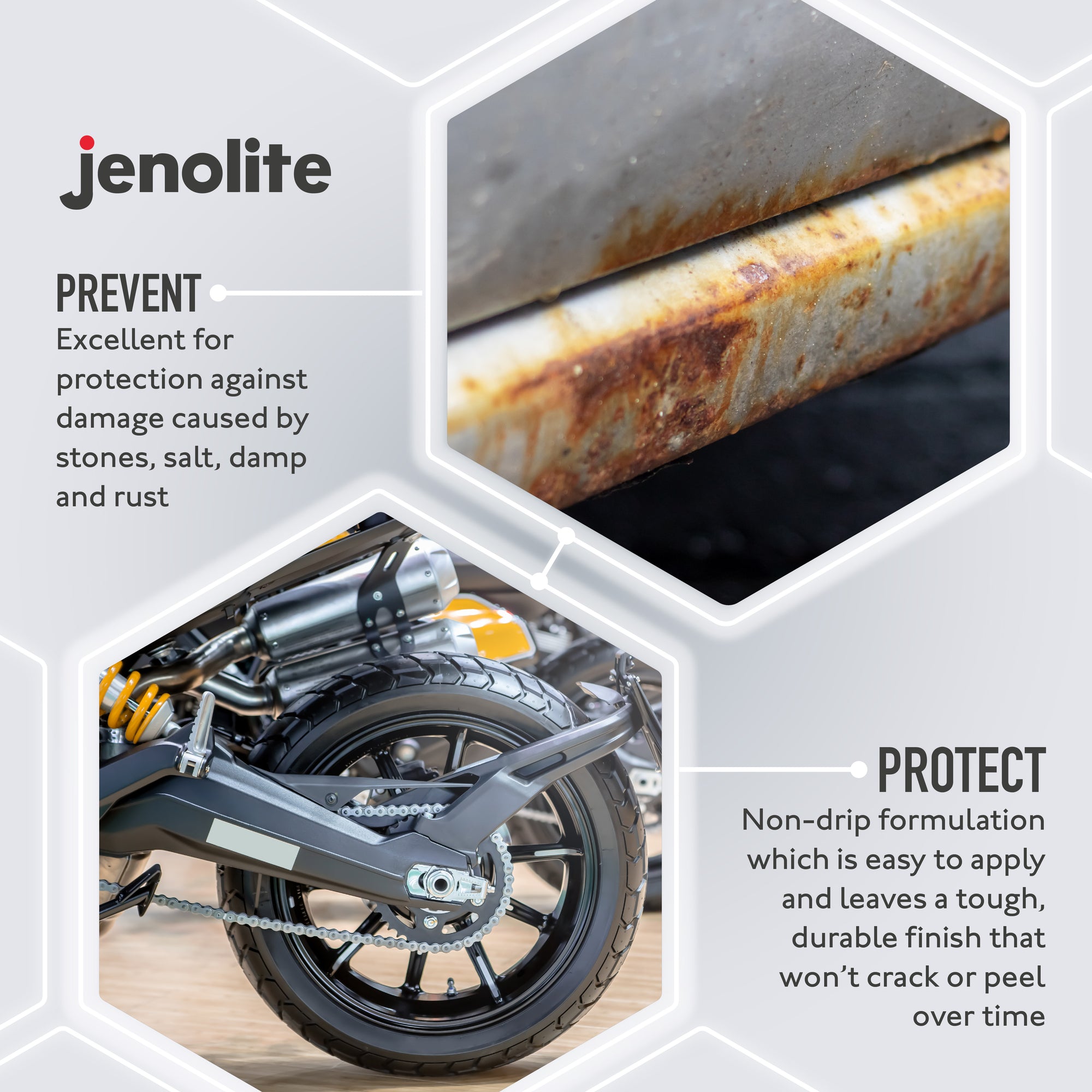
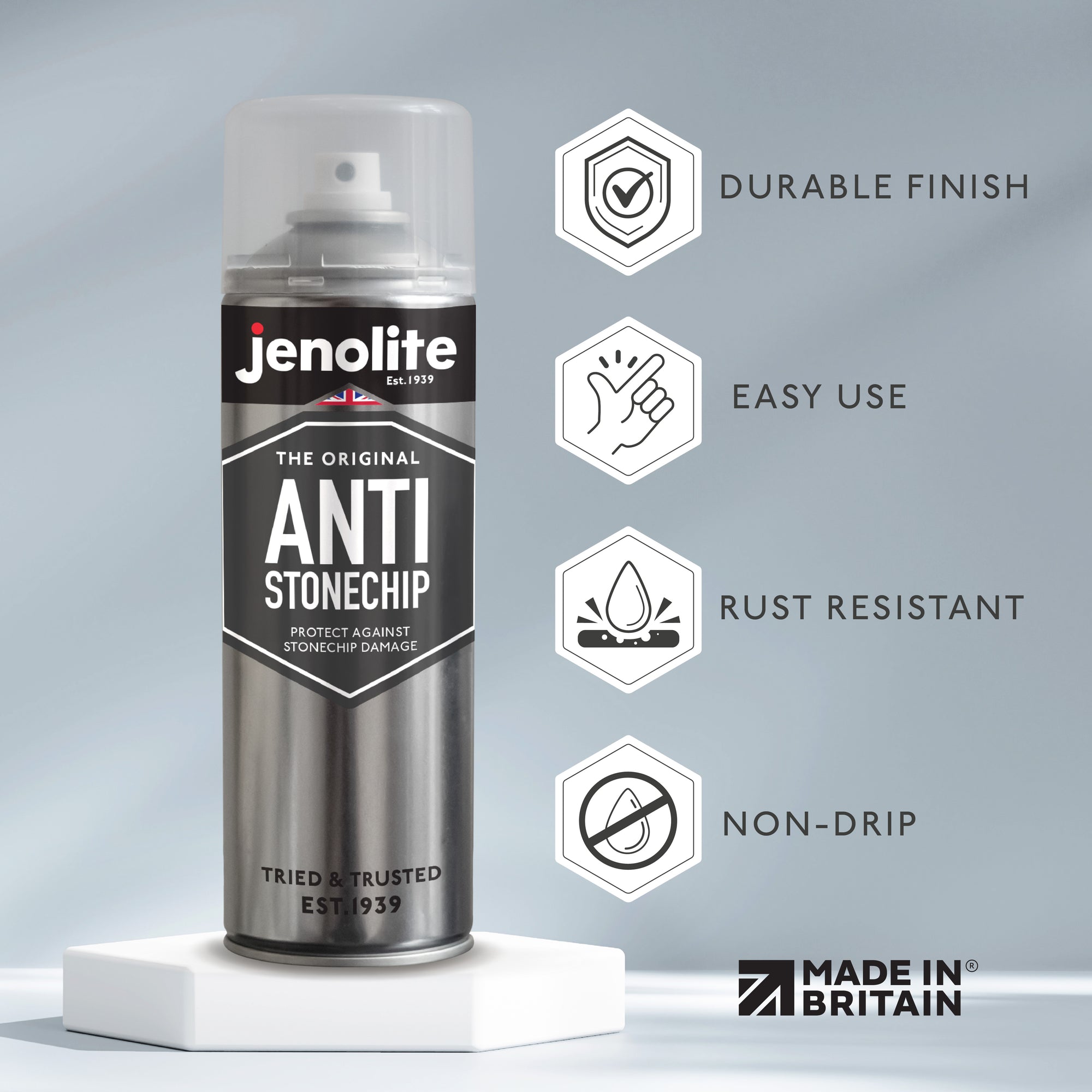

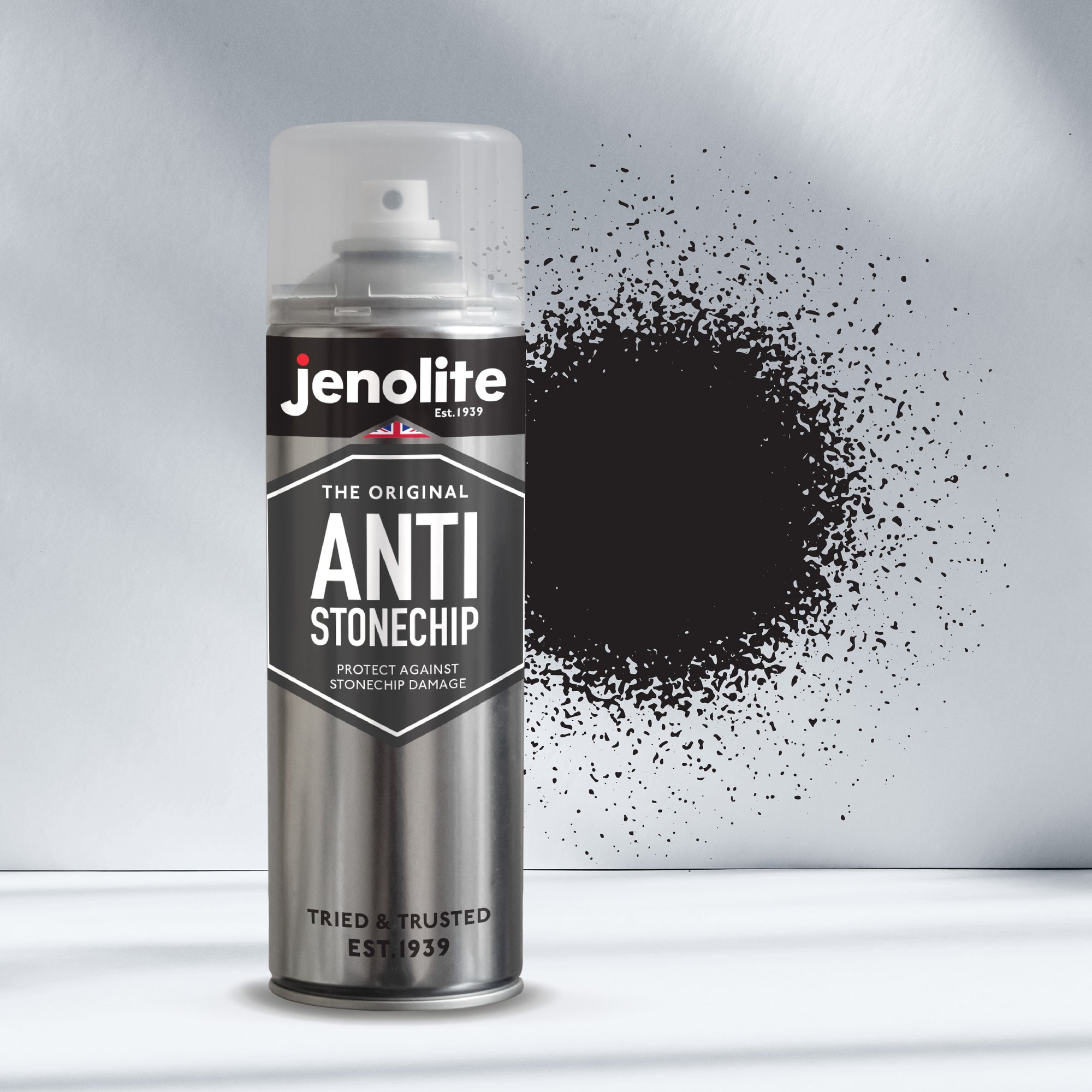
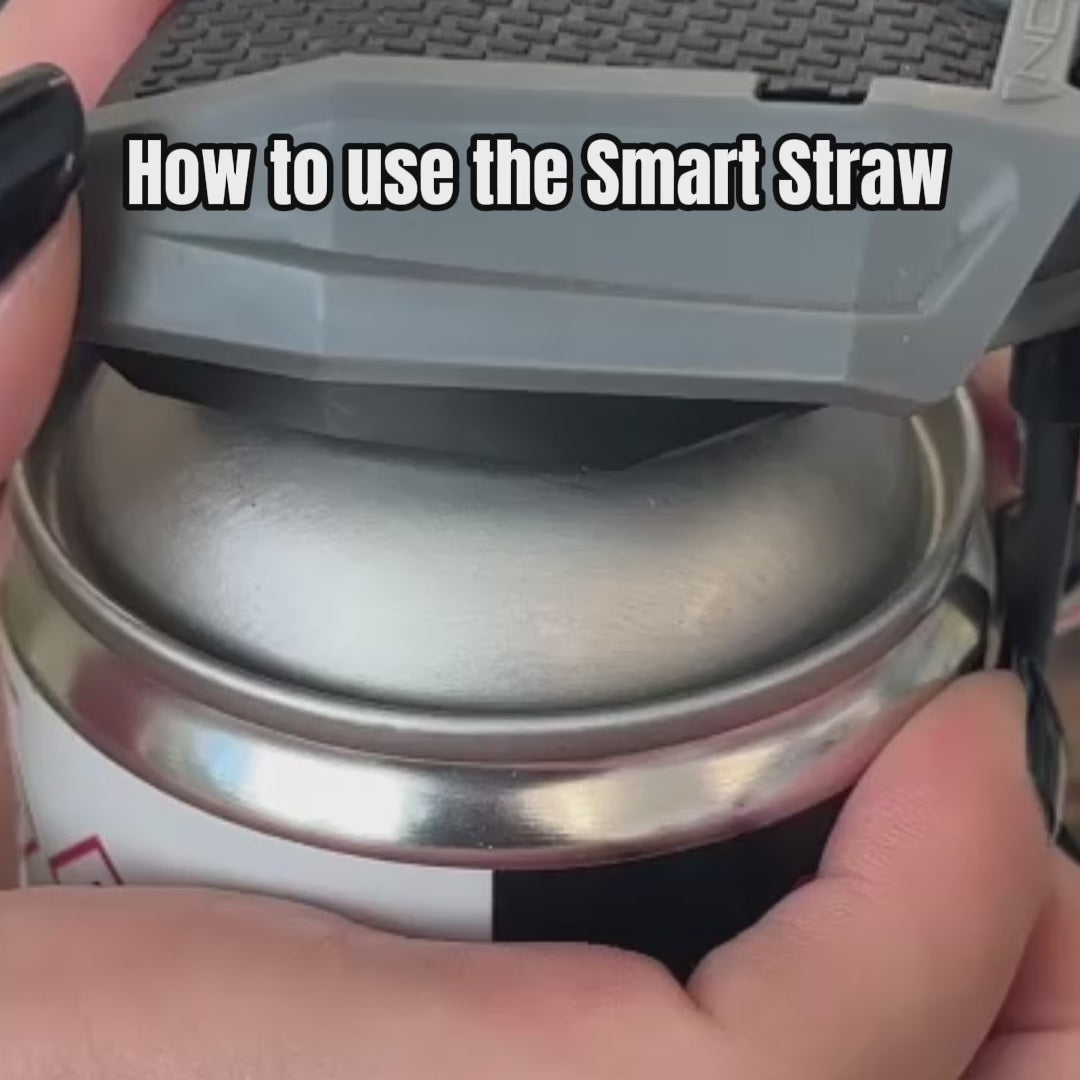
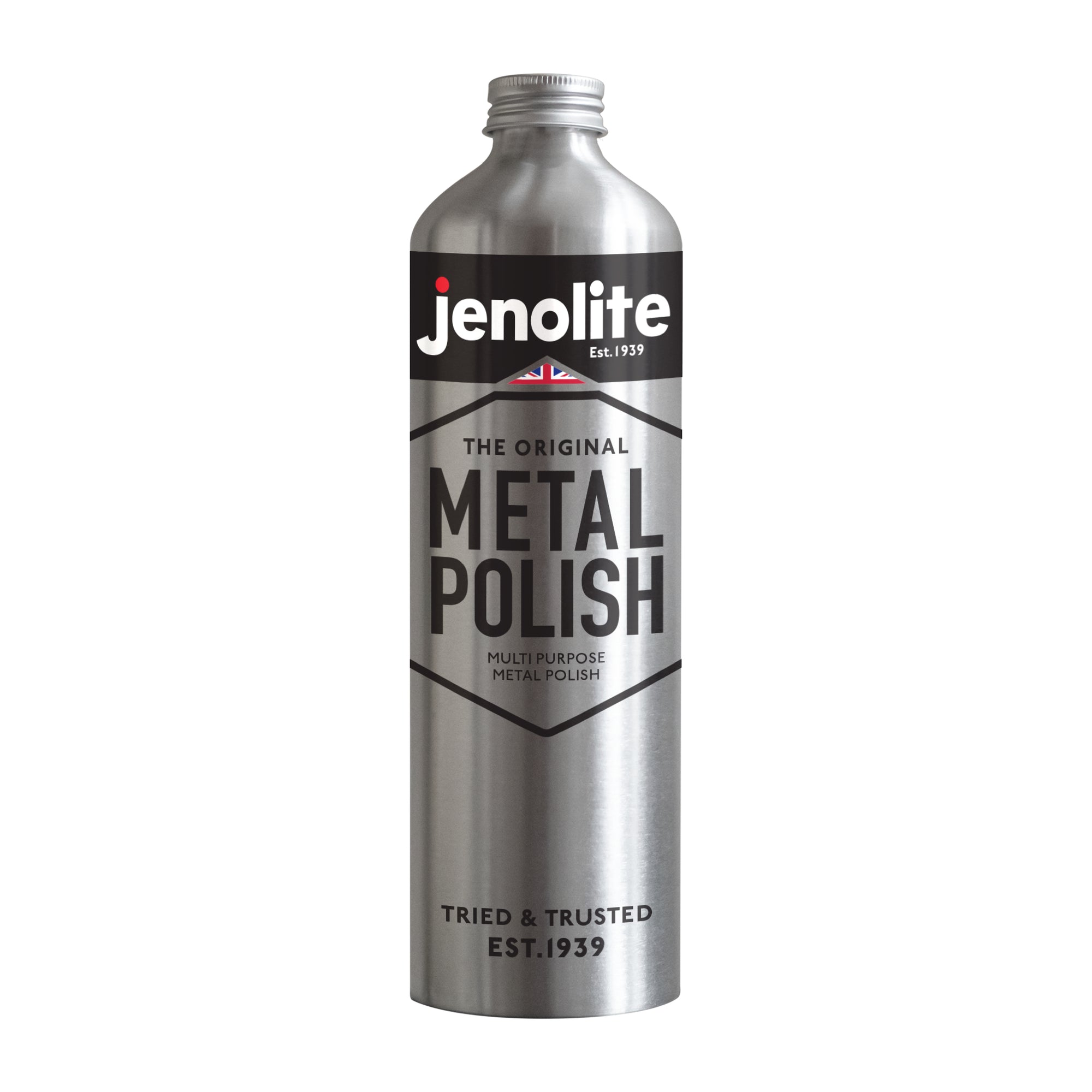
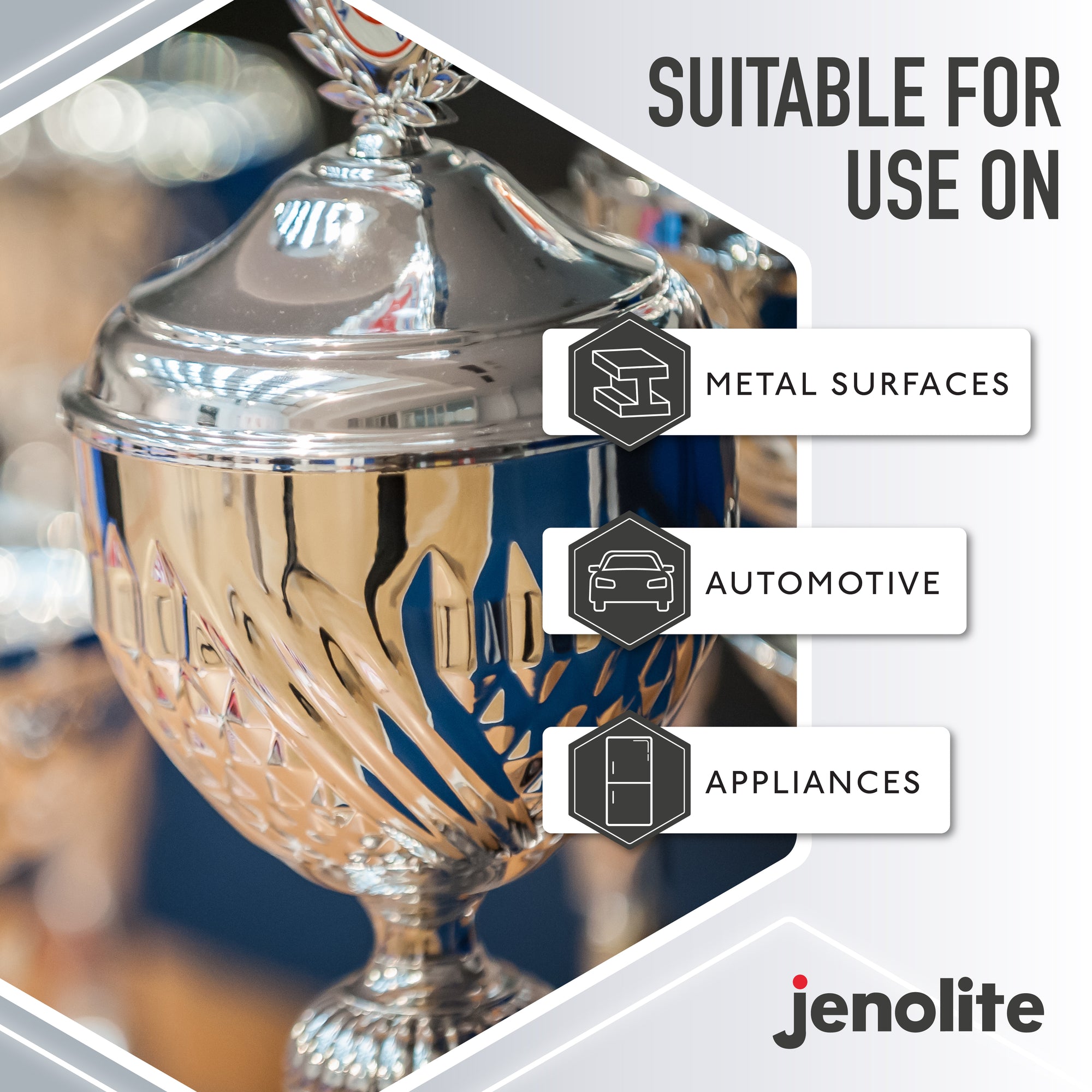

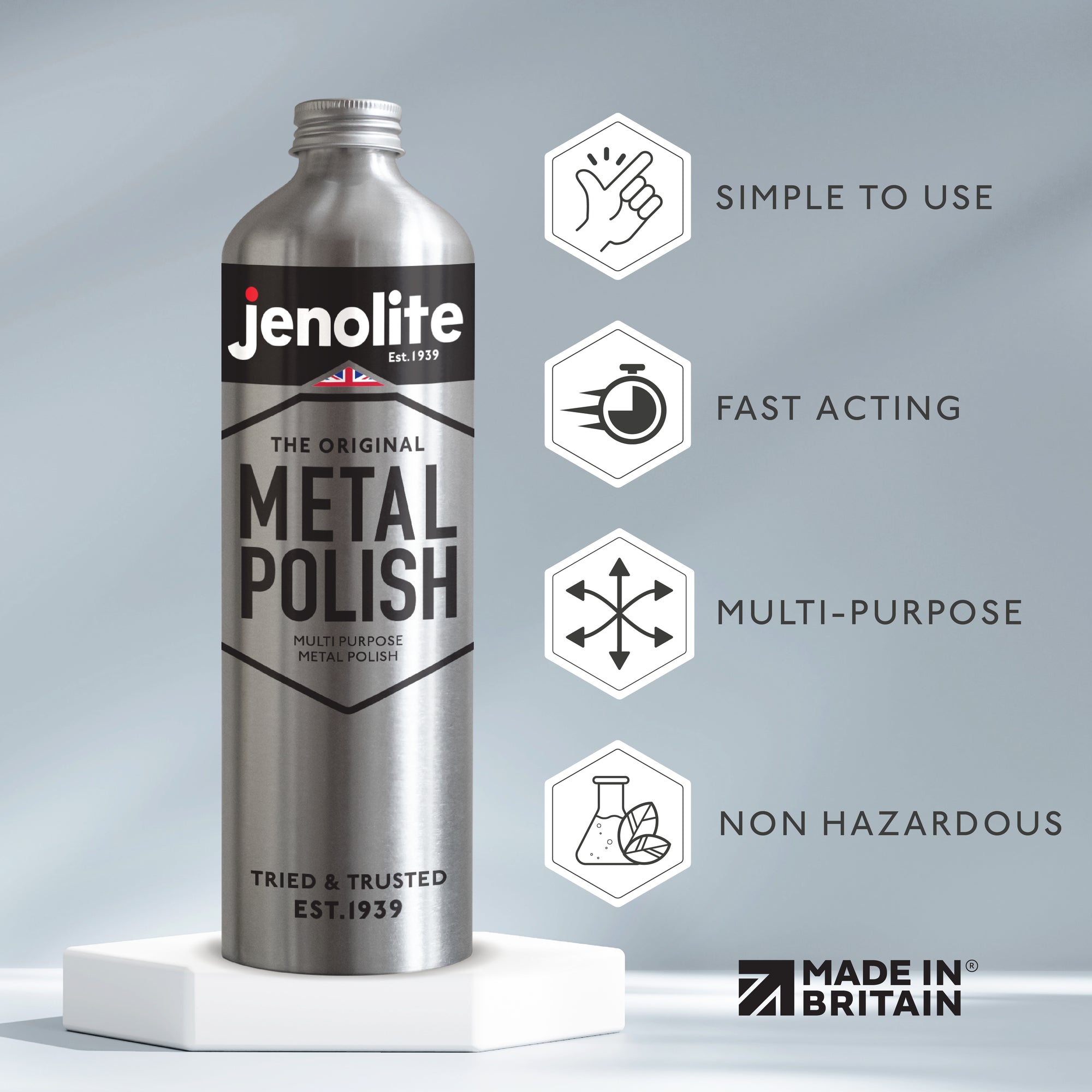
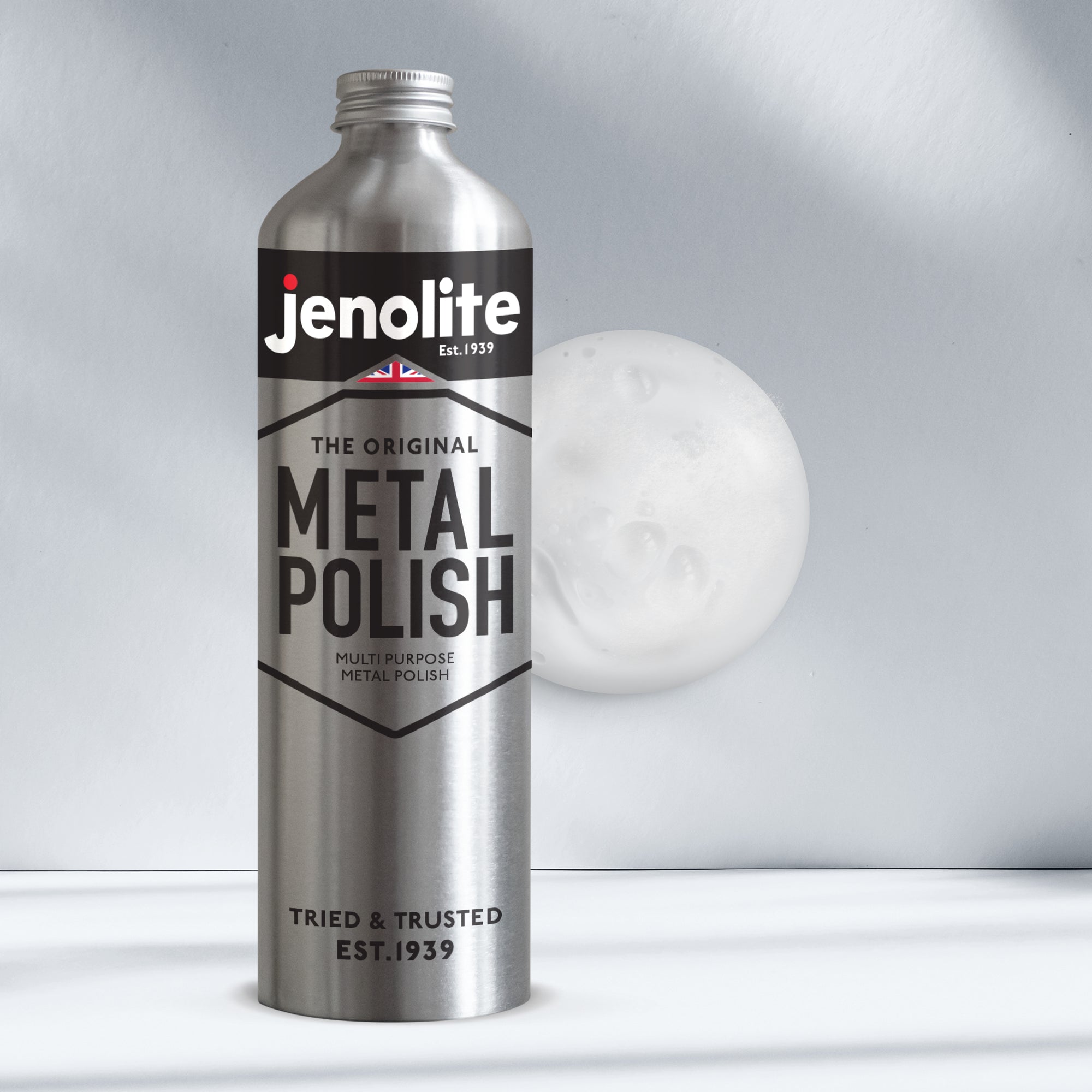
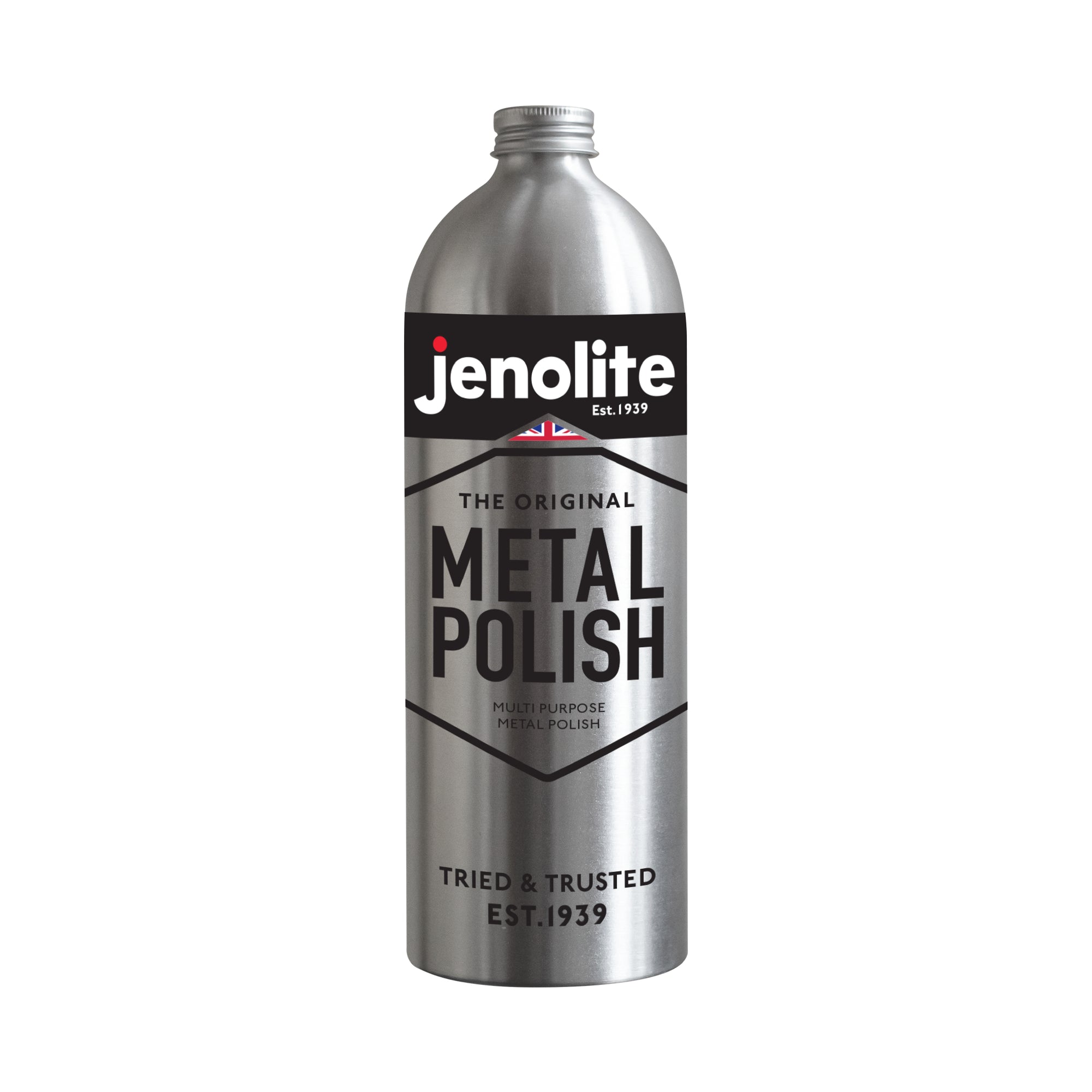
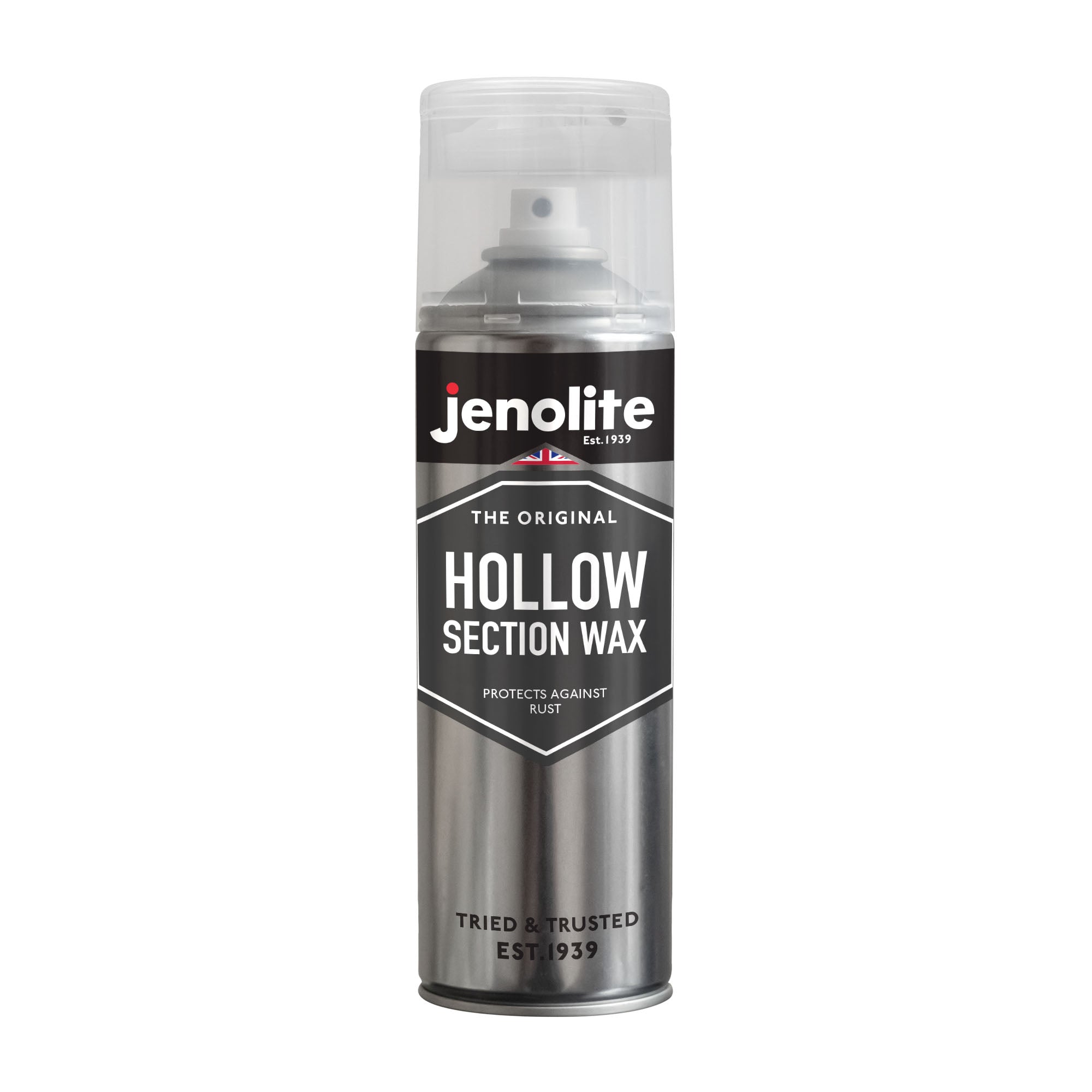

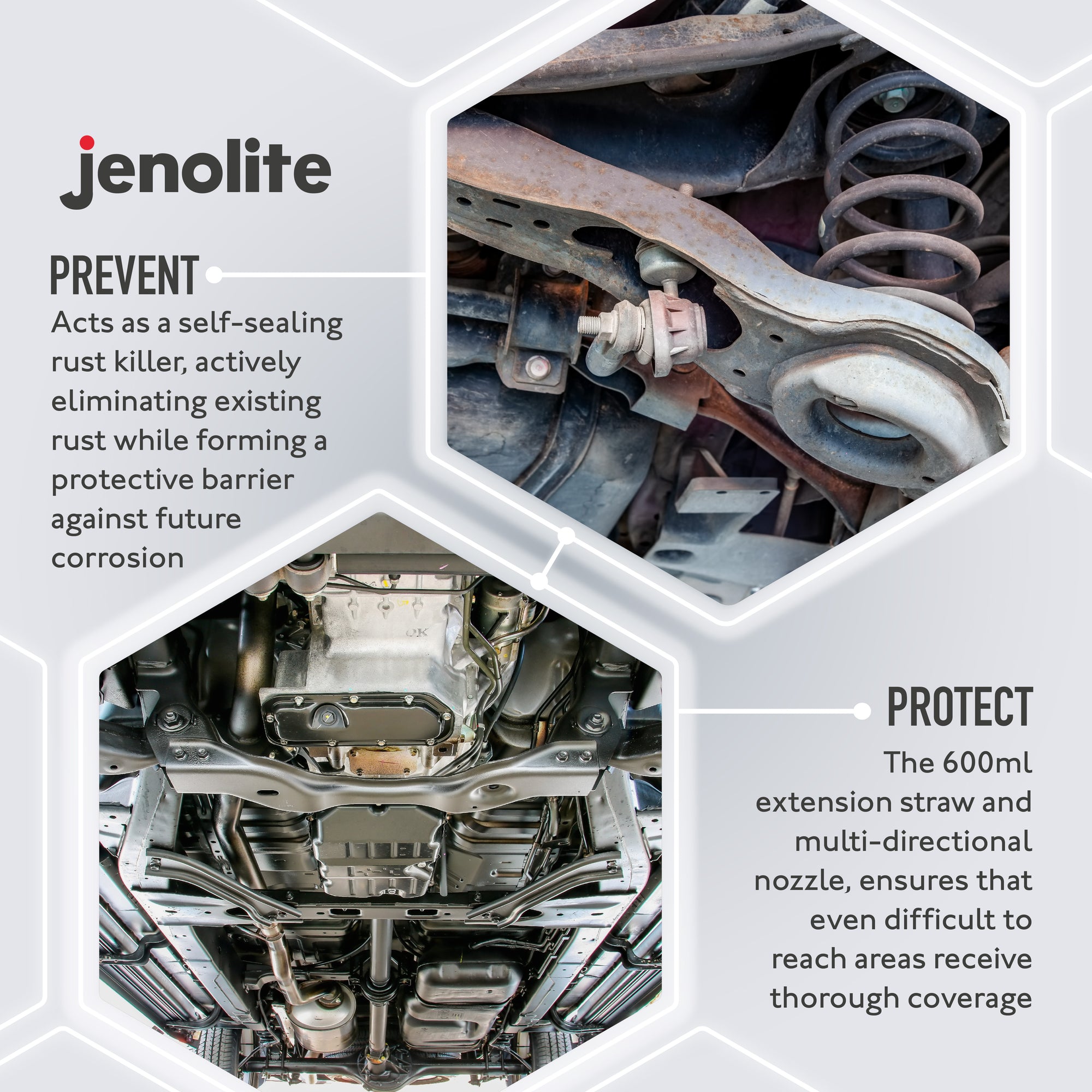
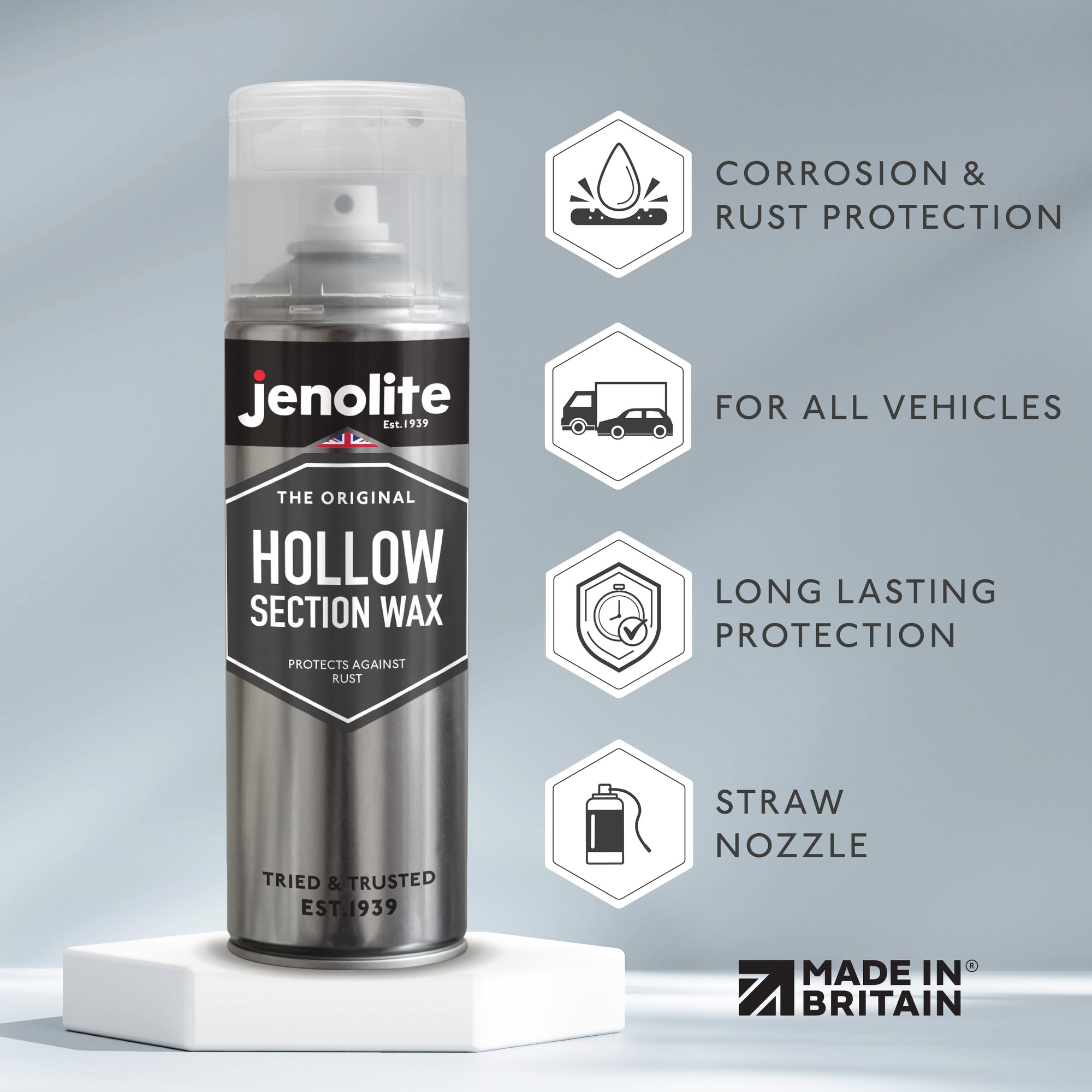
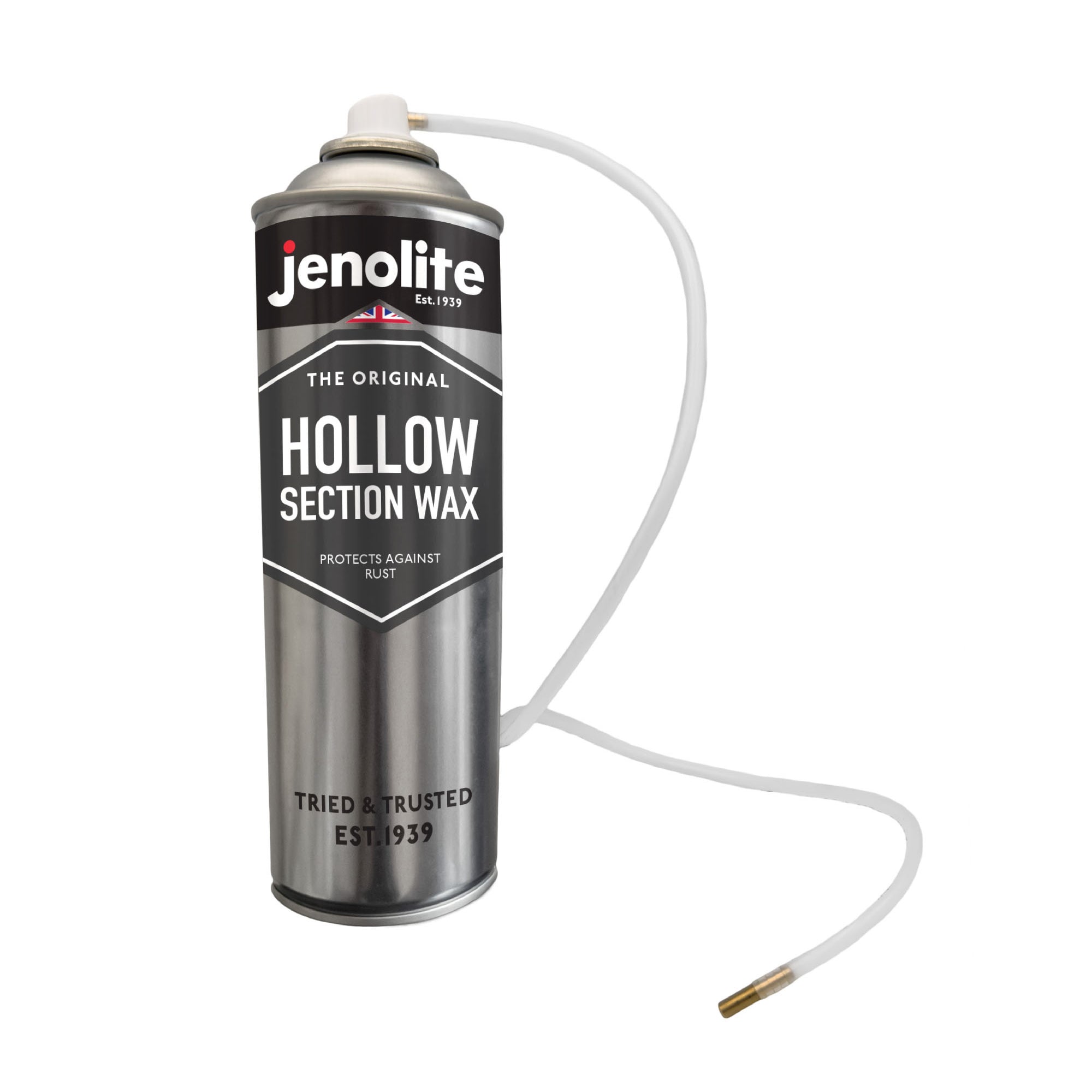
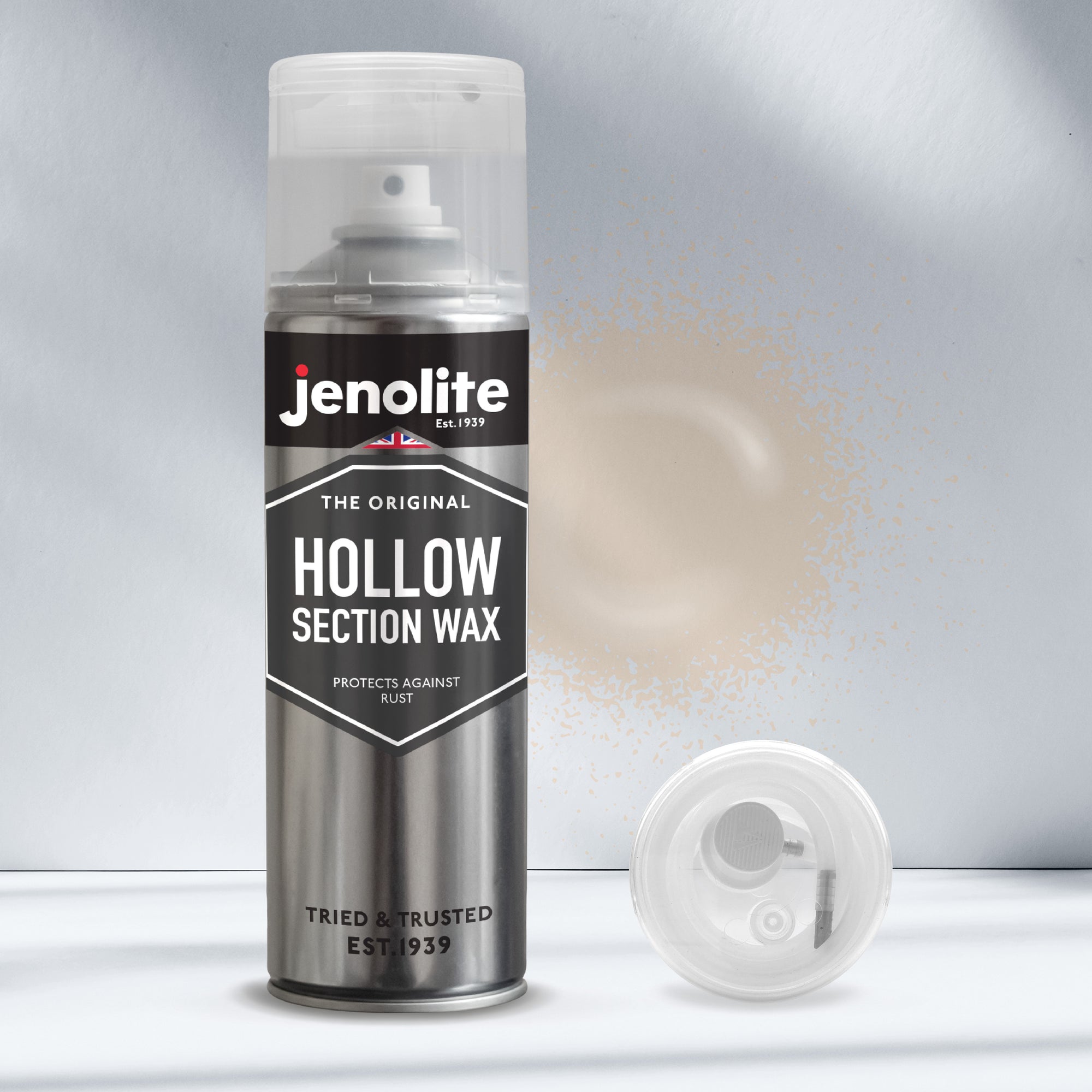
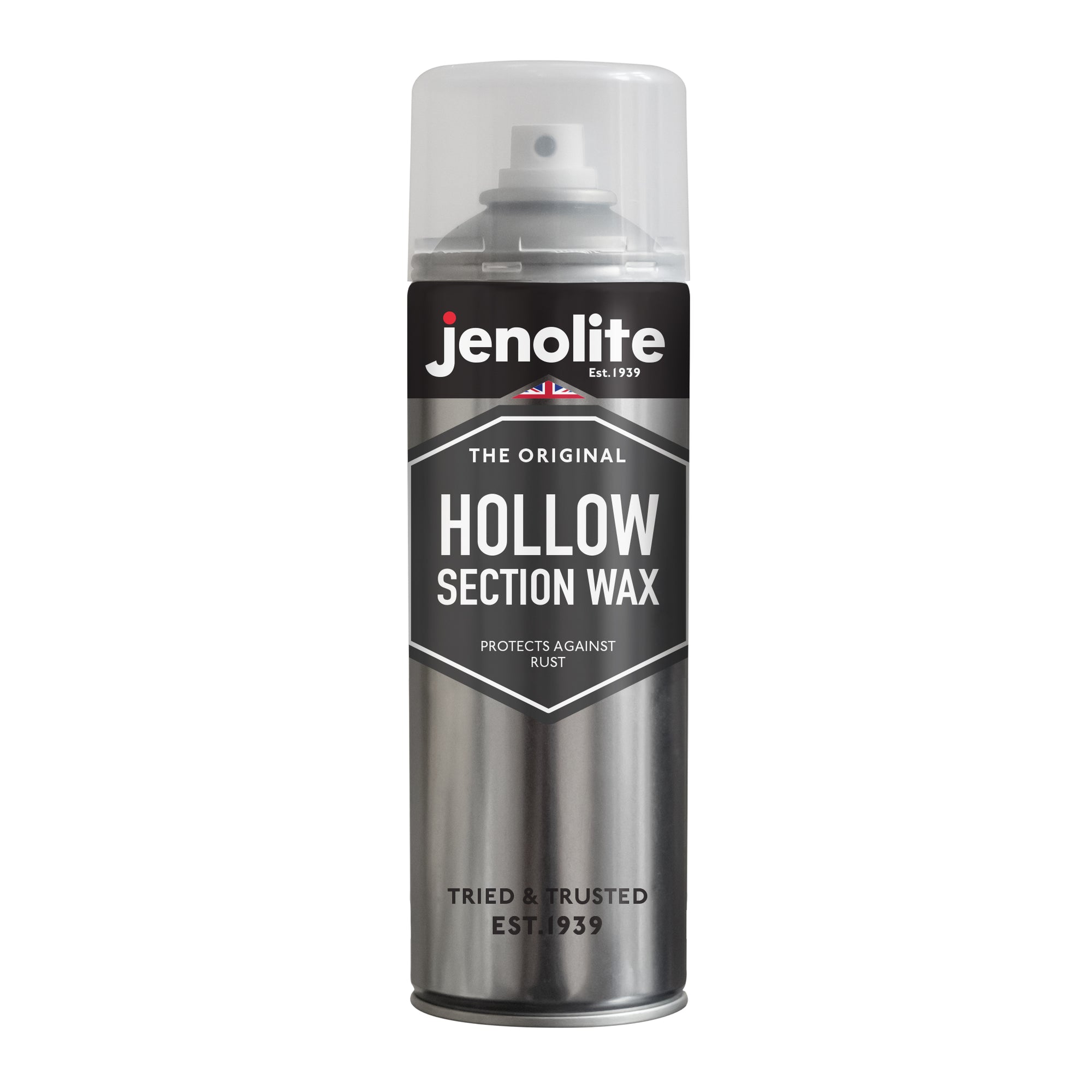
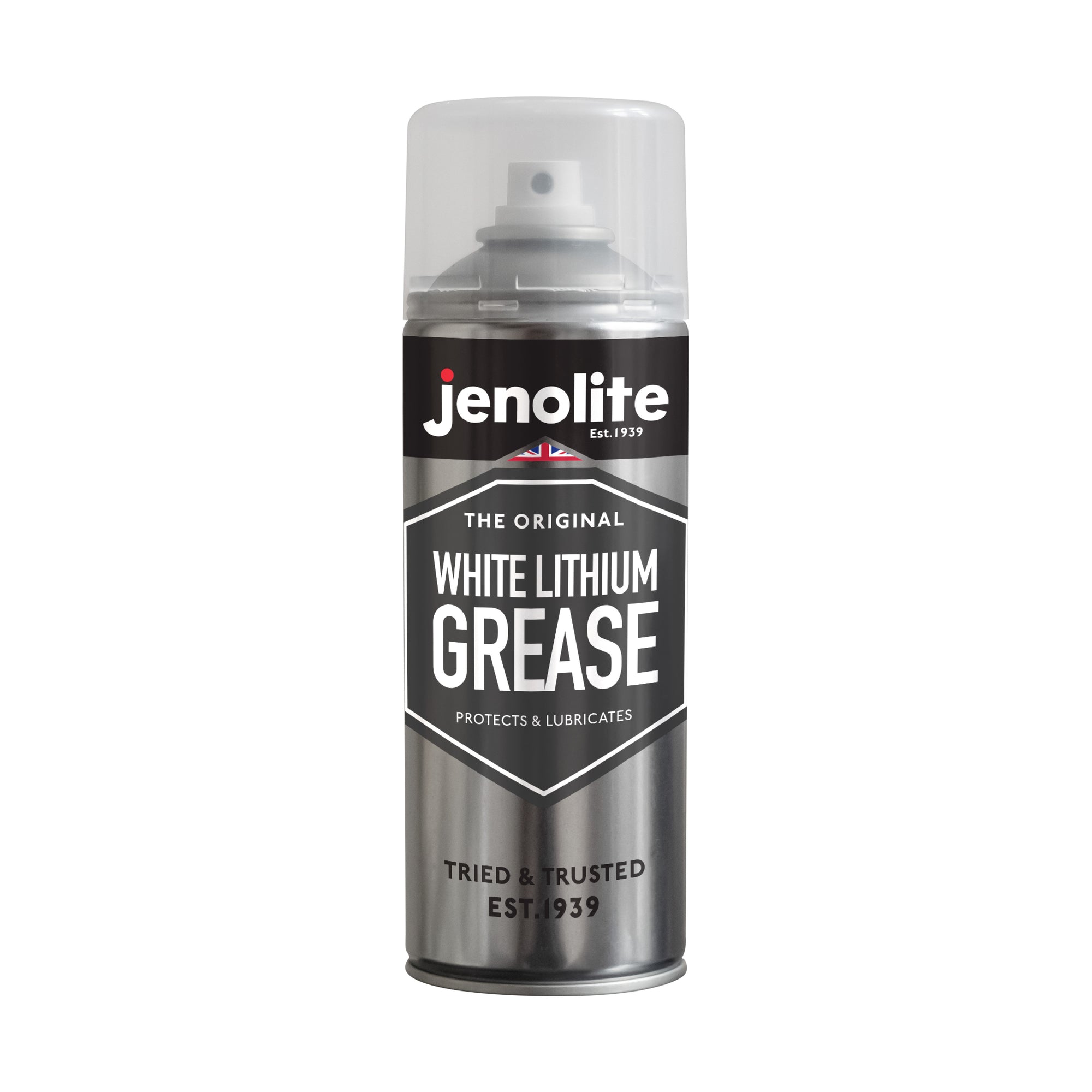
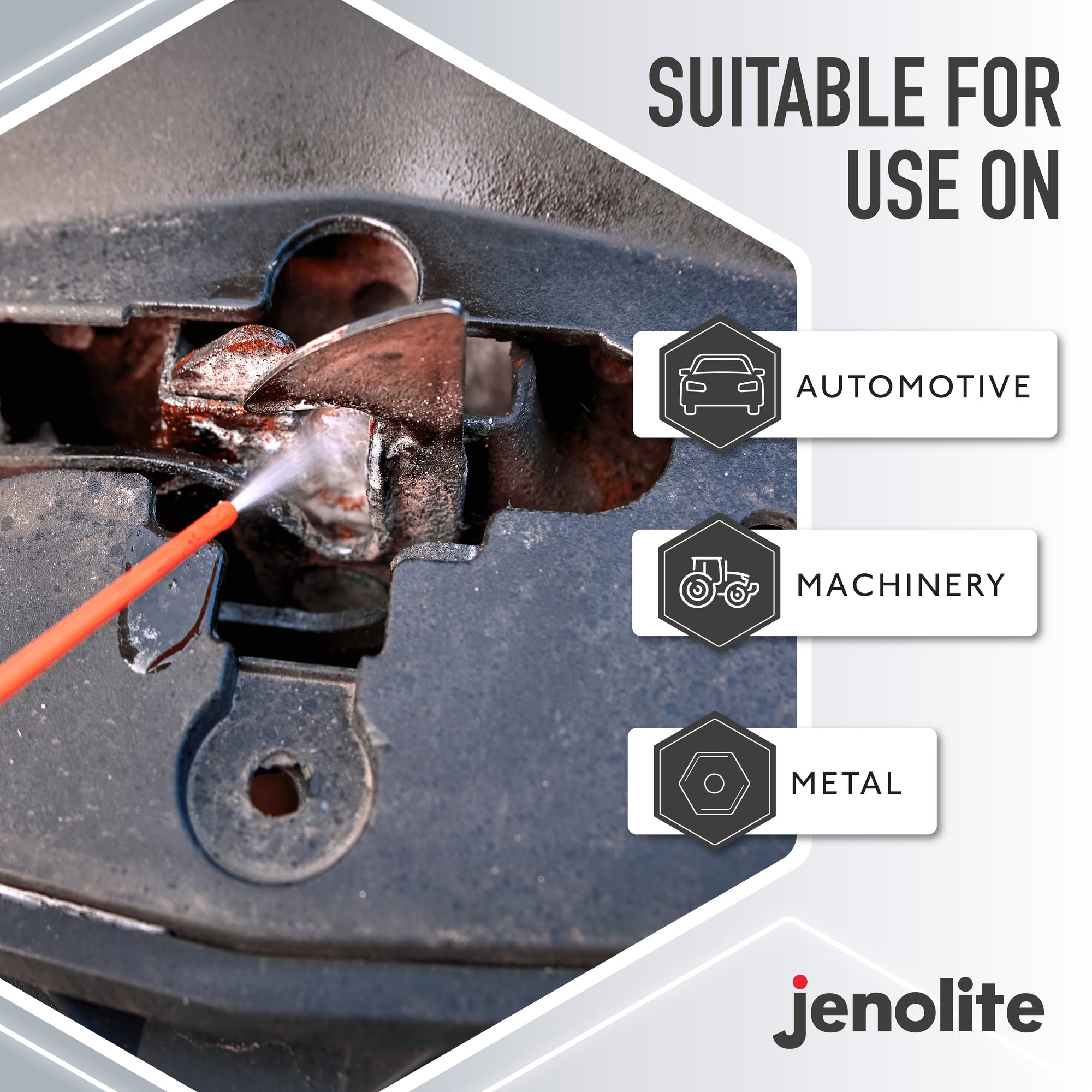
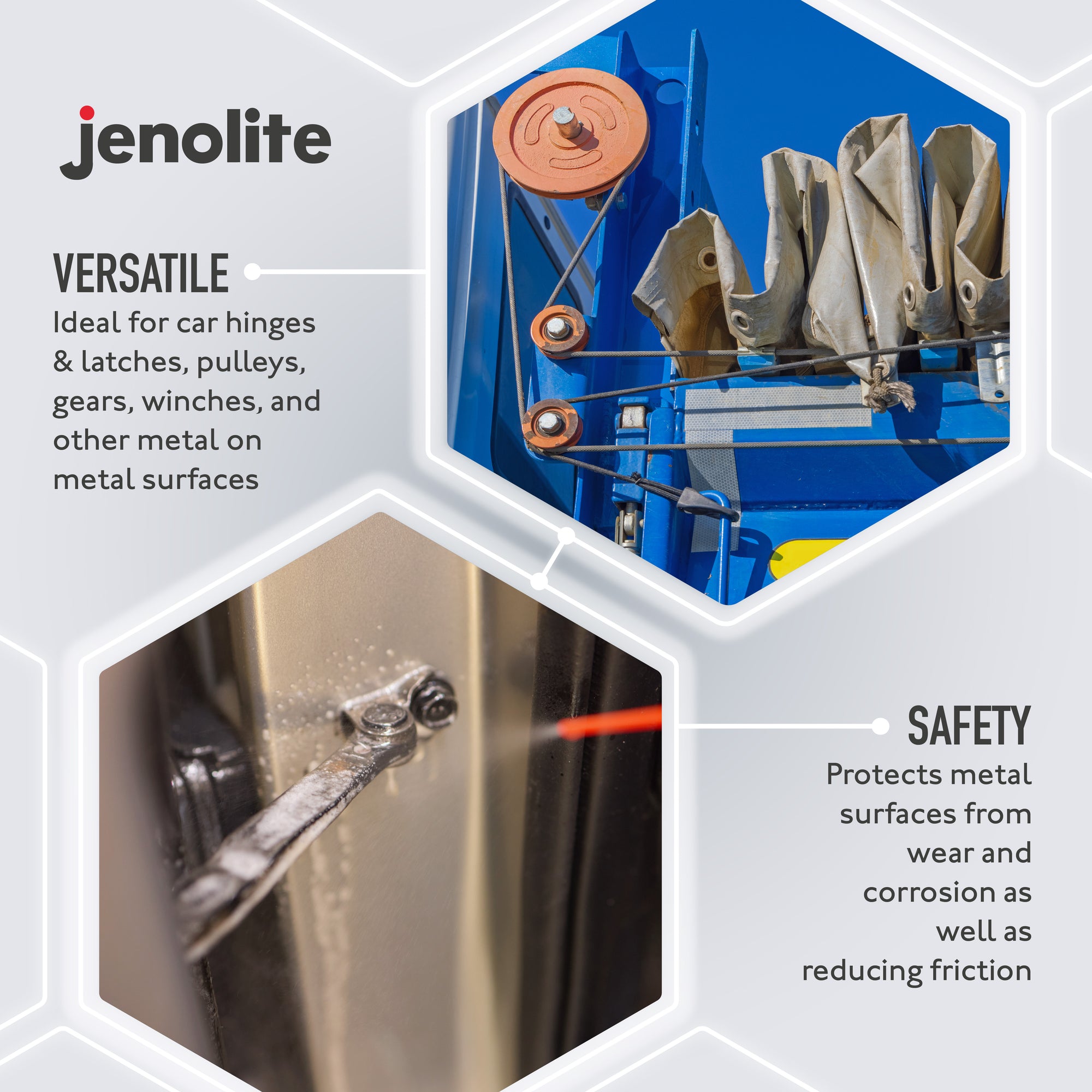
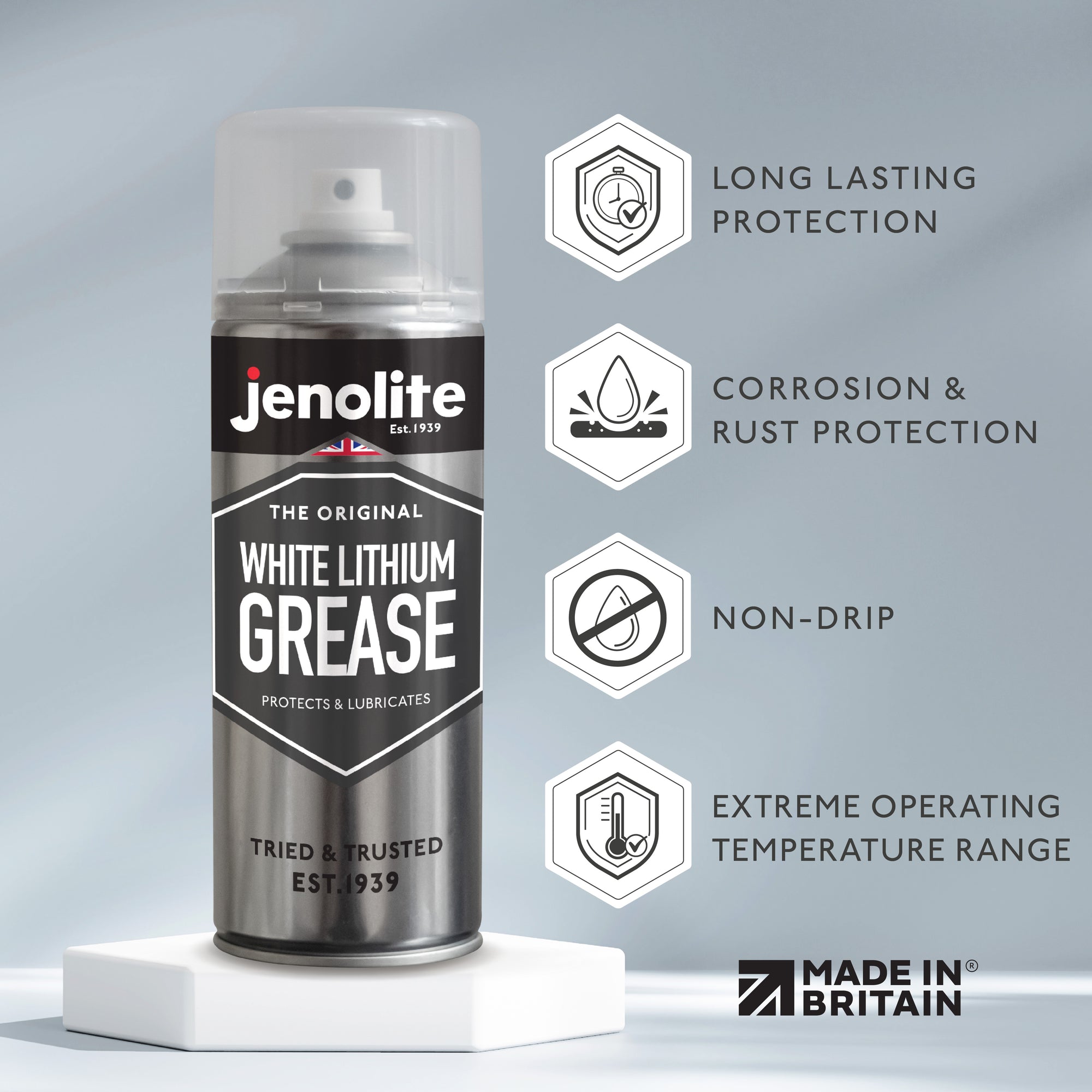
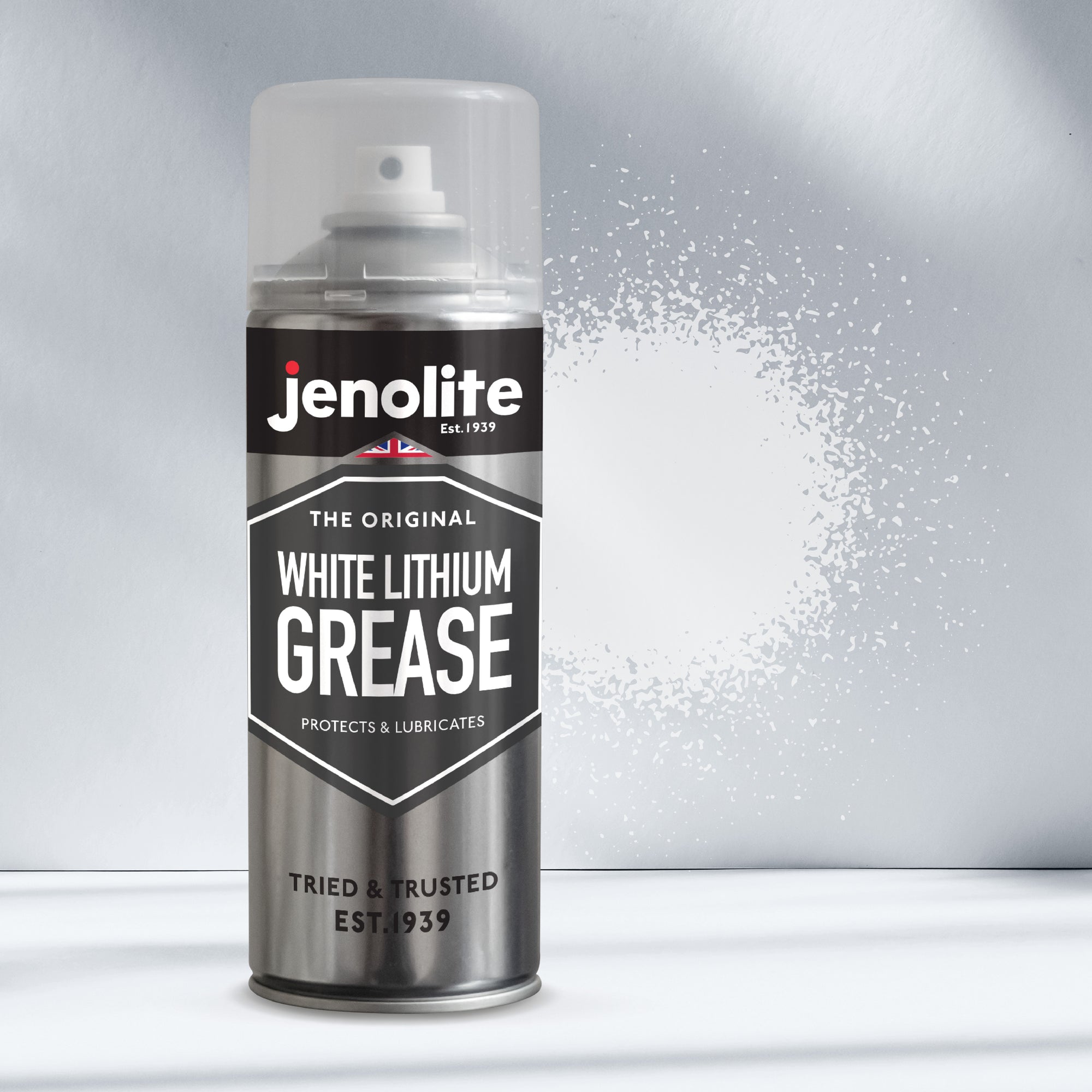
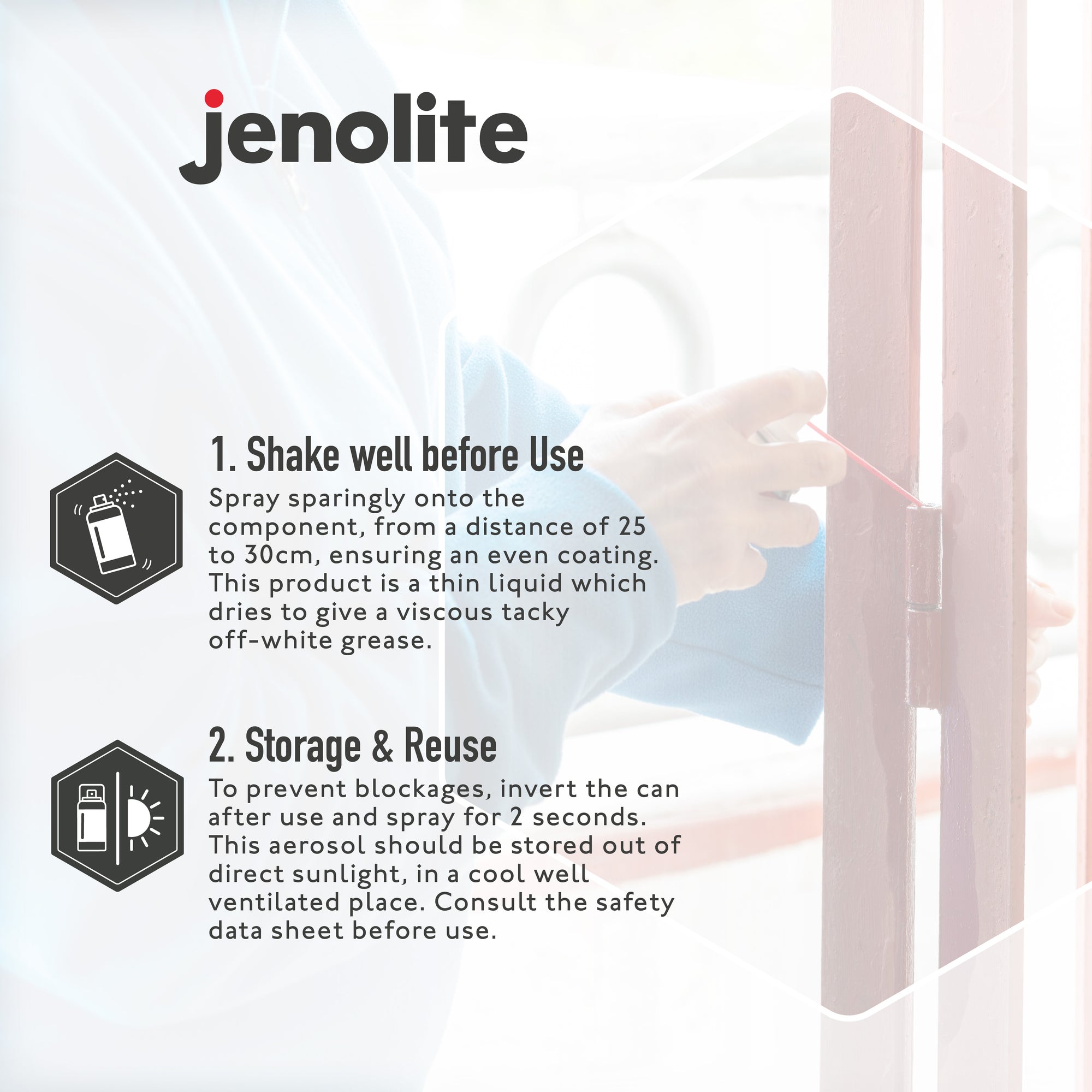
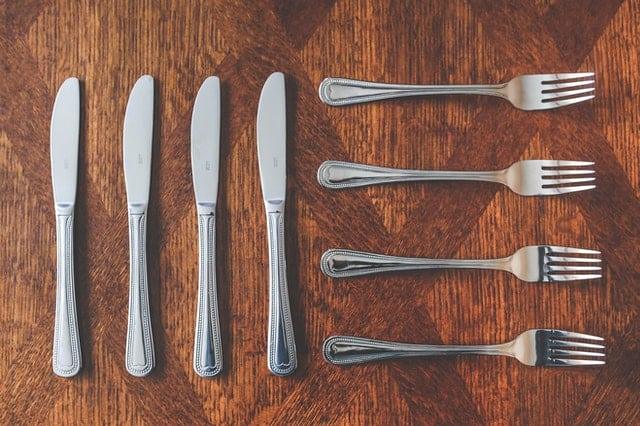
![Rust Remover vs Rust Converter: Which To Use? | [UPDATE 2024] A comprehensive guide](http://www.jenolite.com/cdn/shop/articles/Rust_Remover___Converter.webp?v=1706616225&width=2000)
